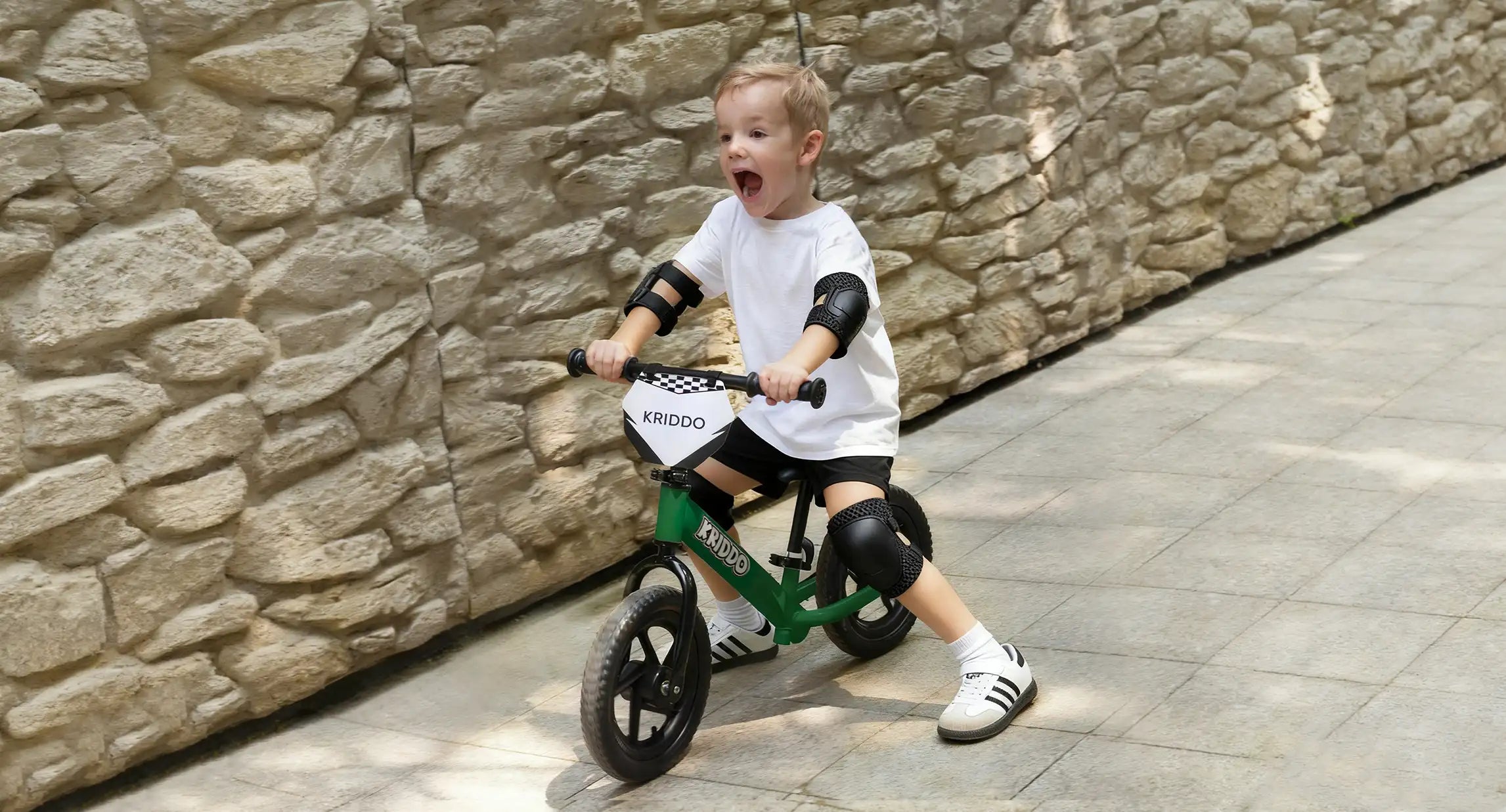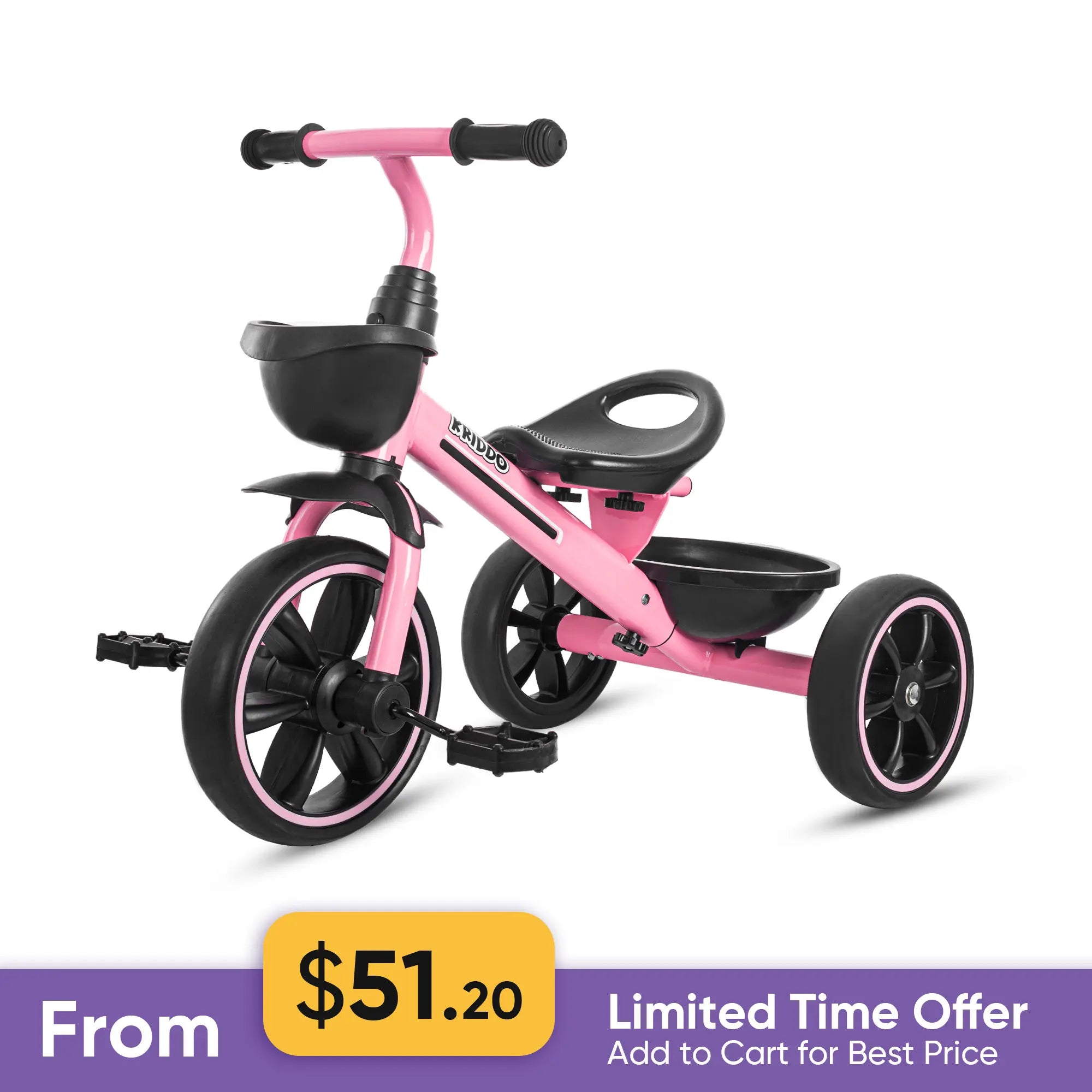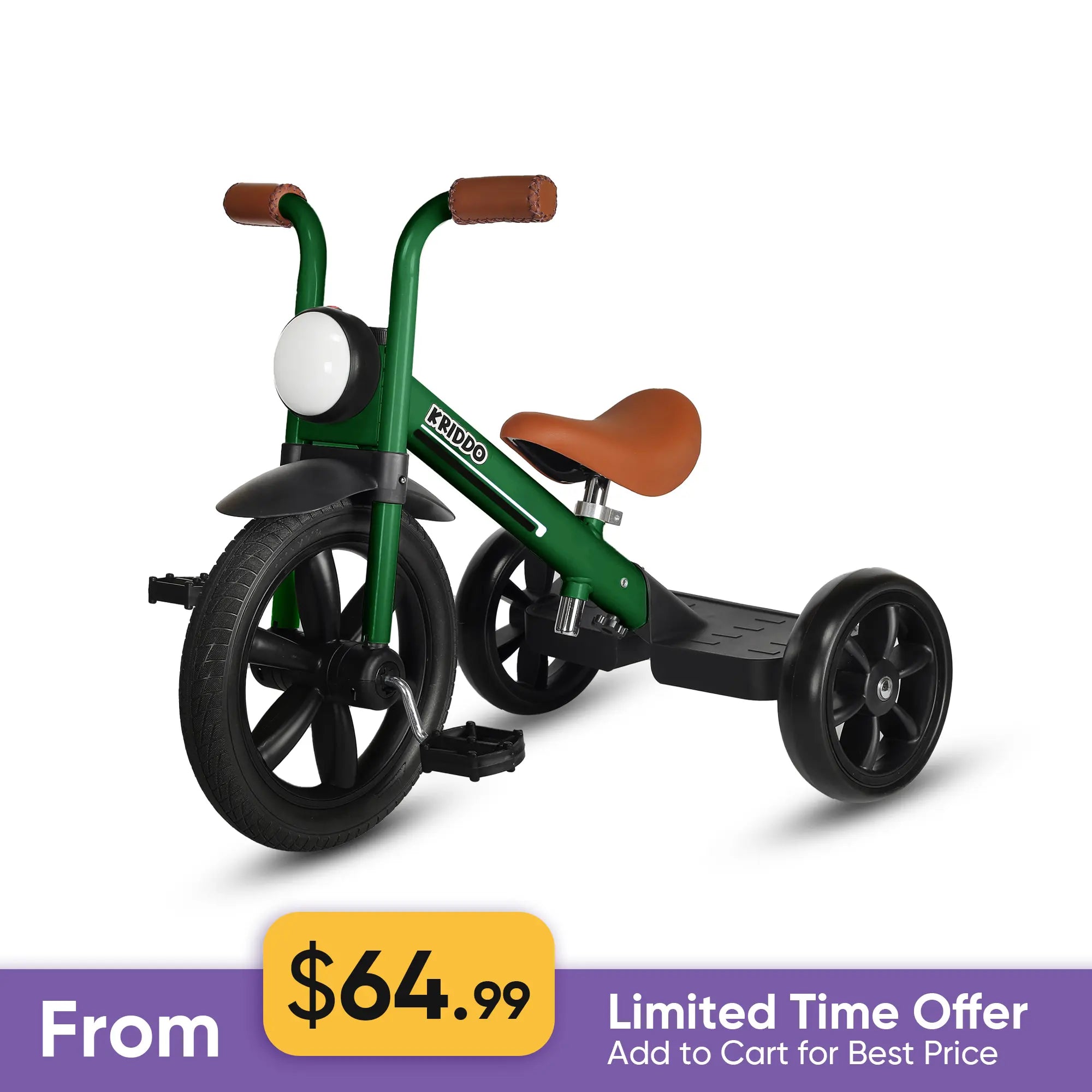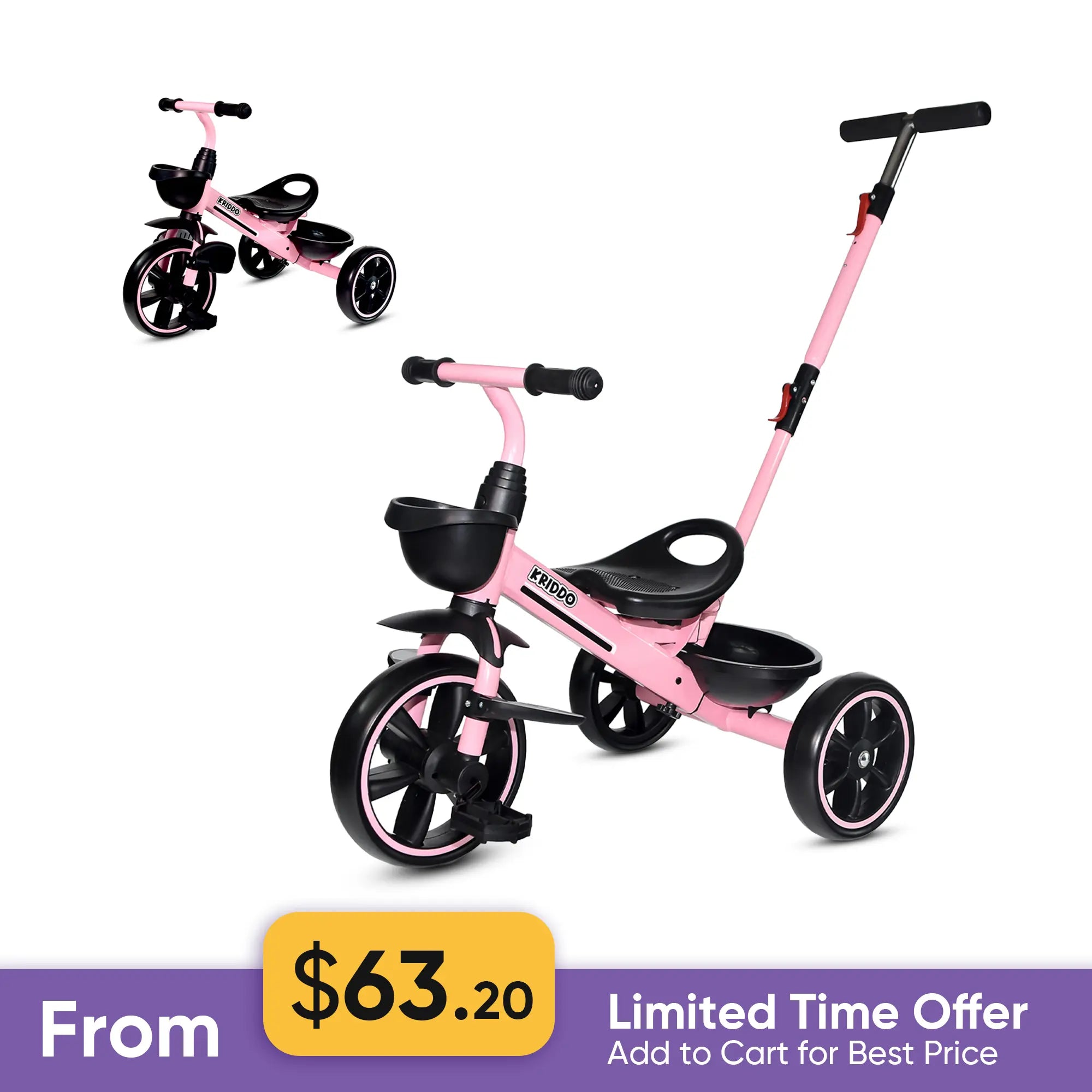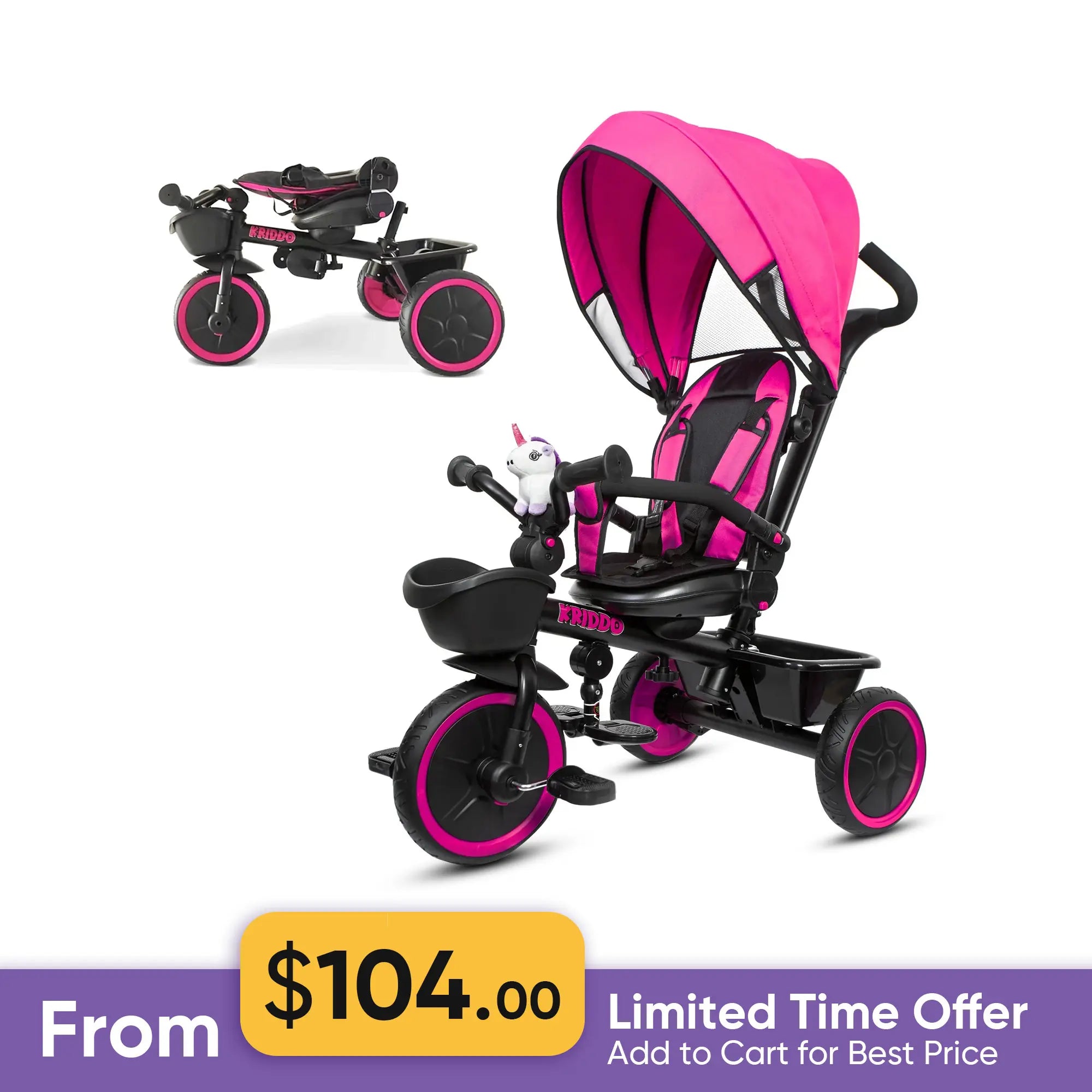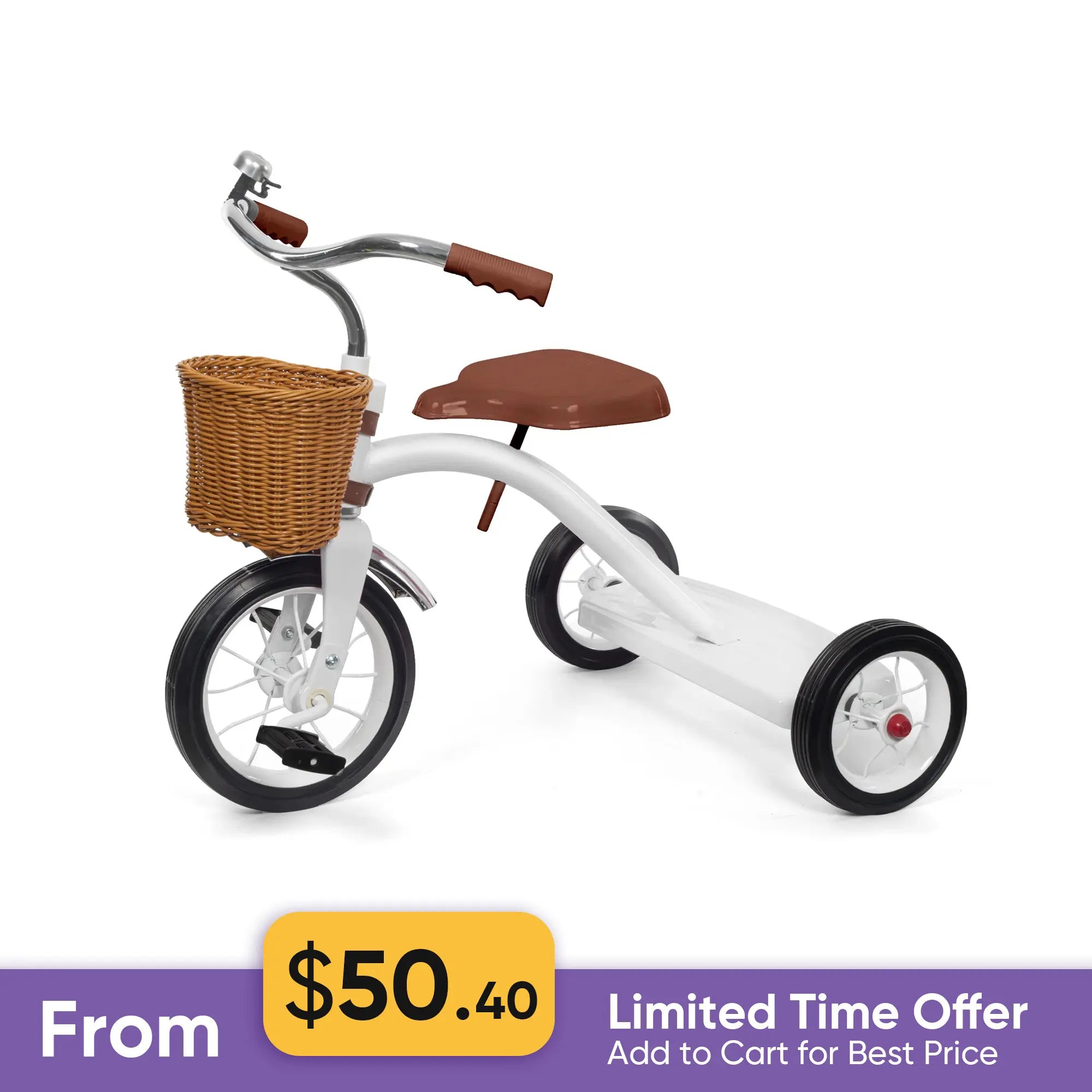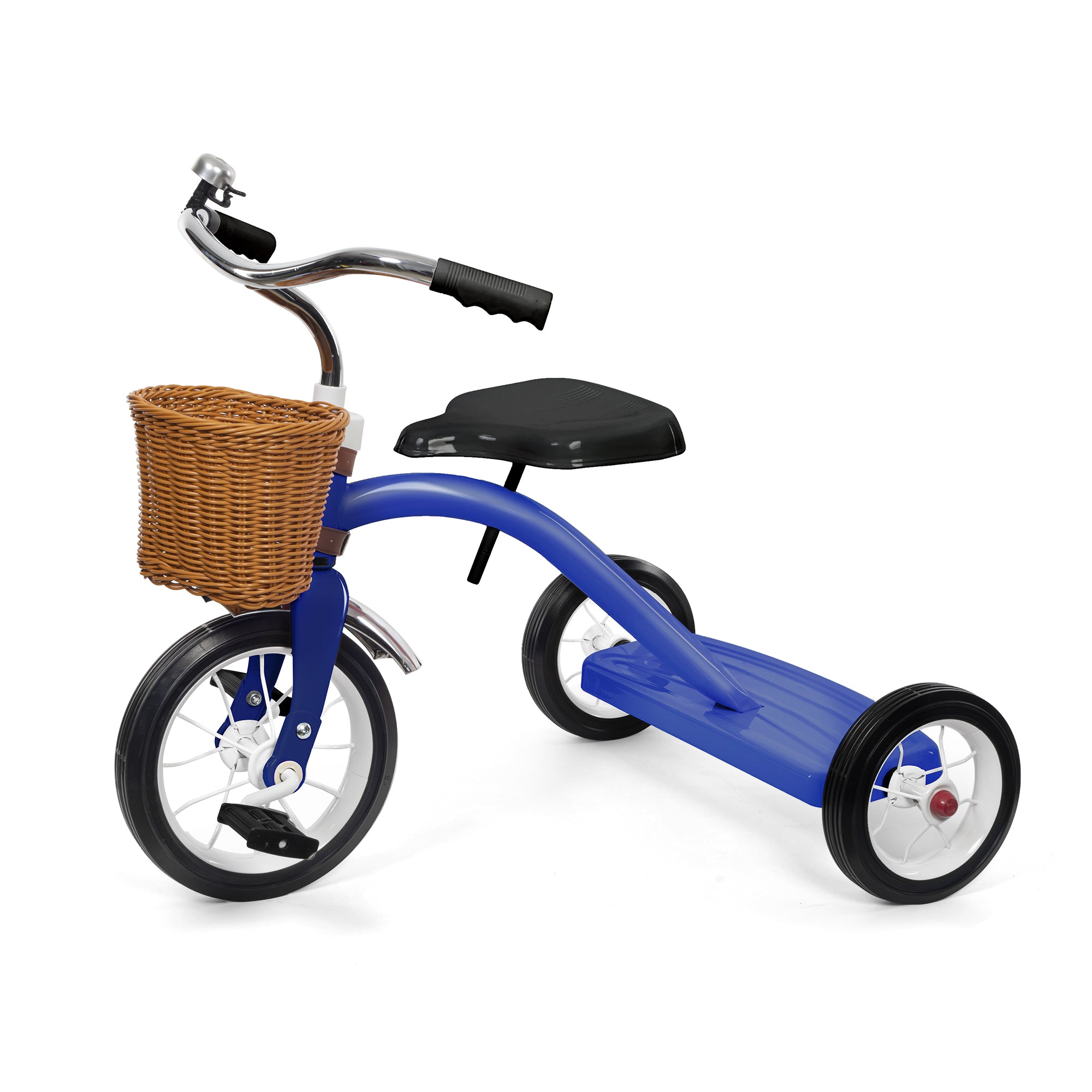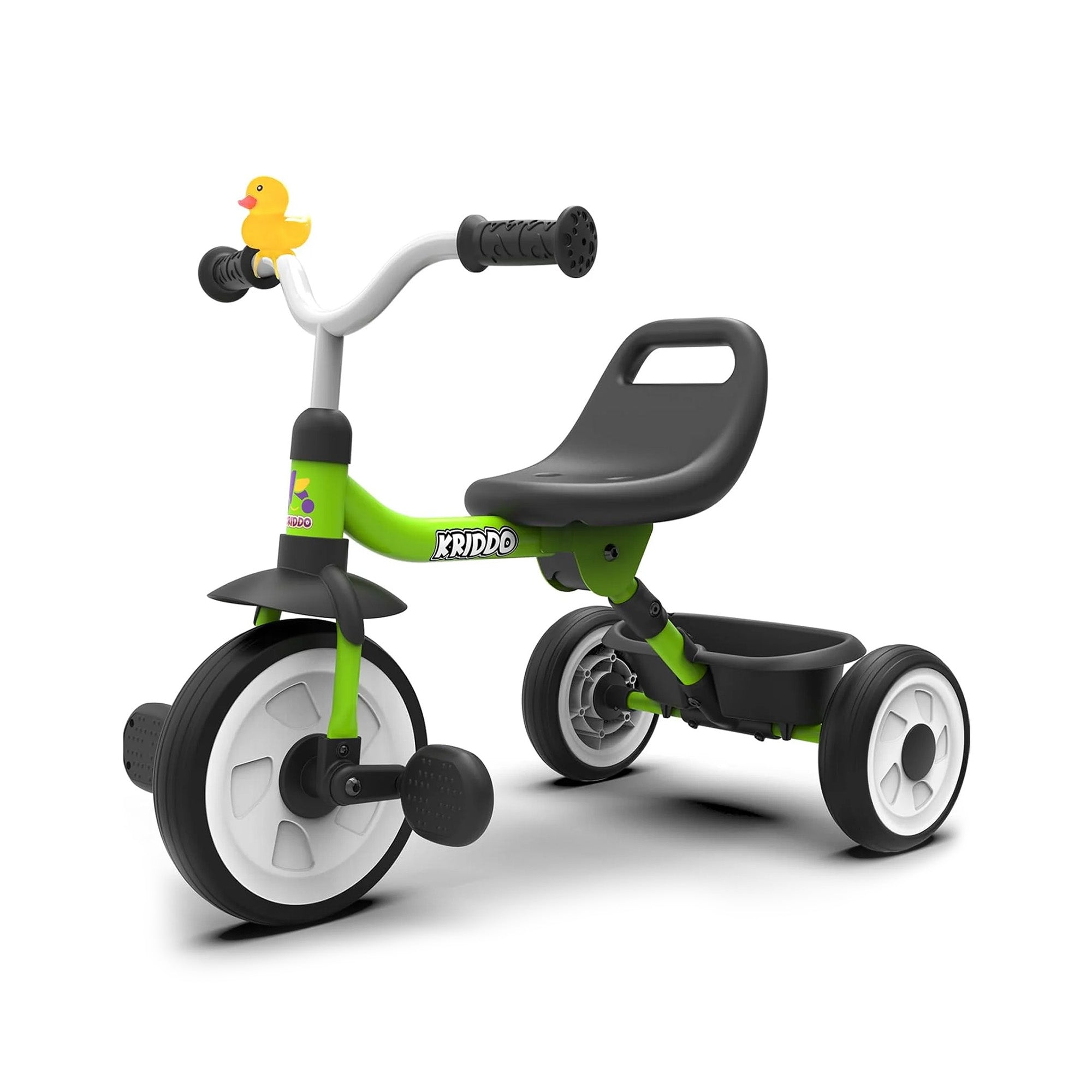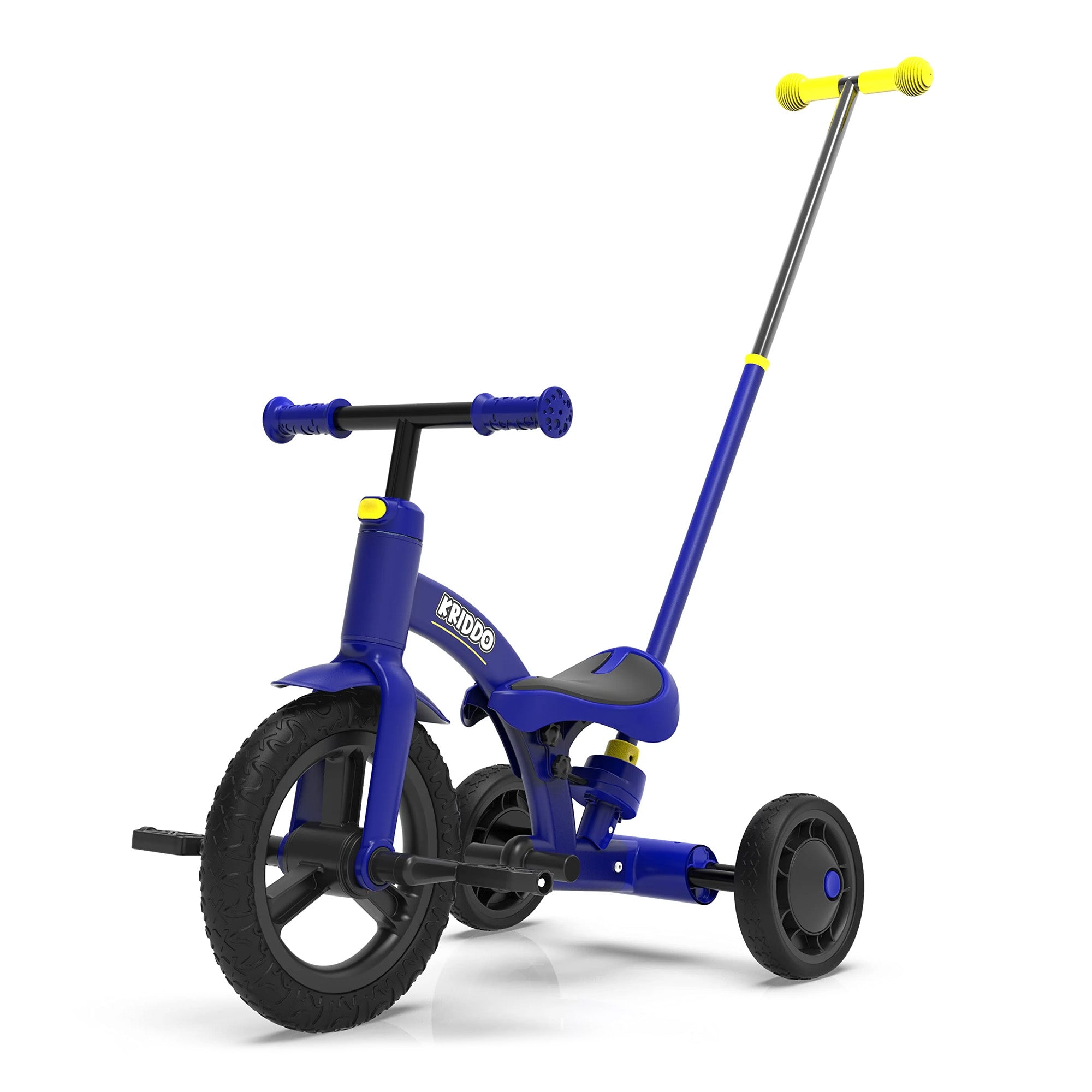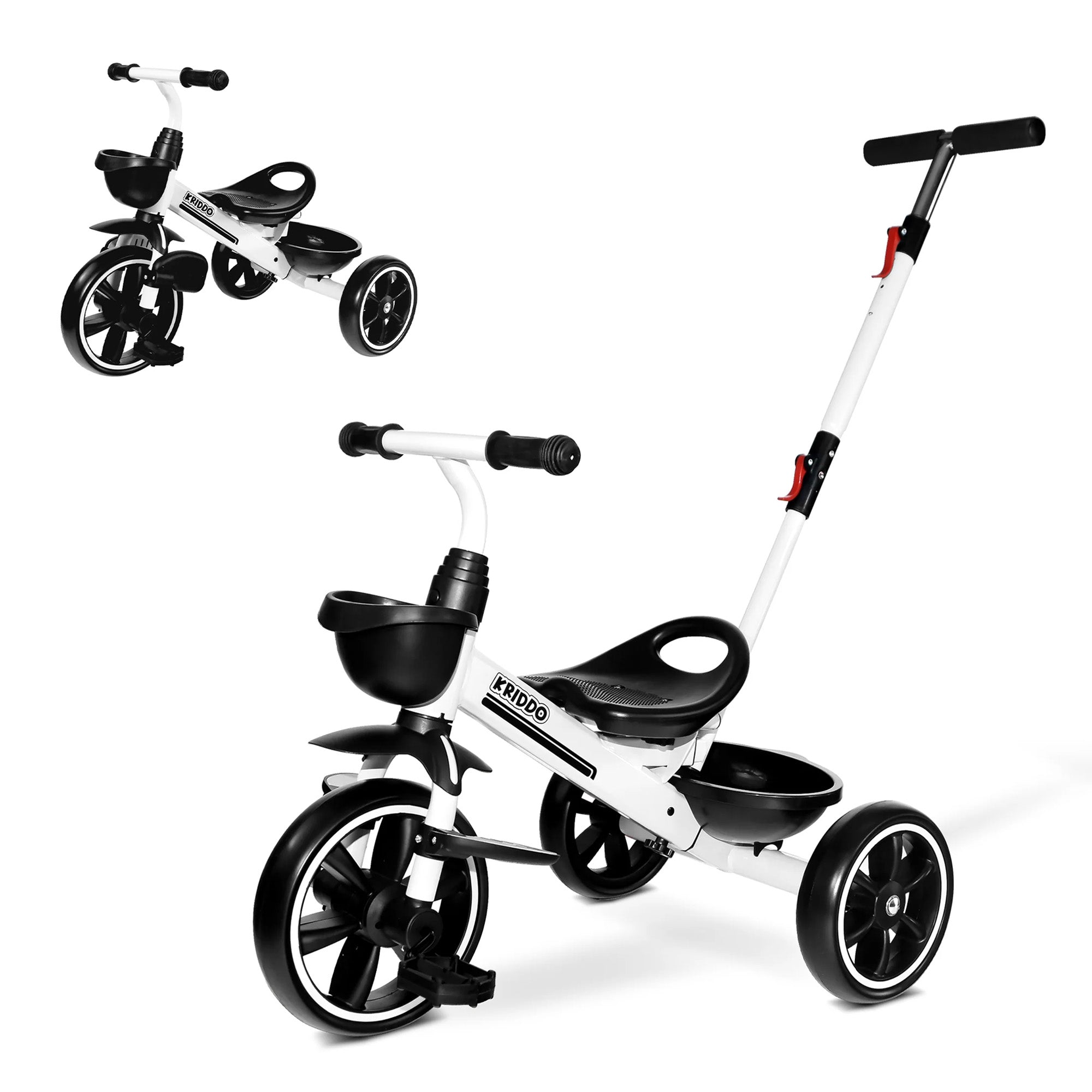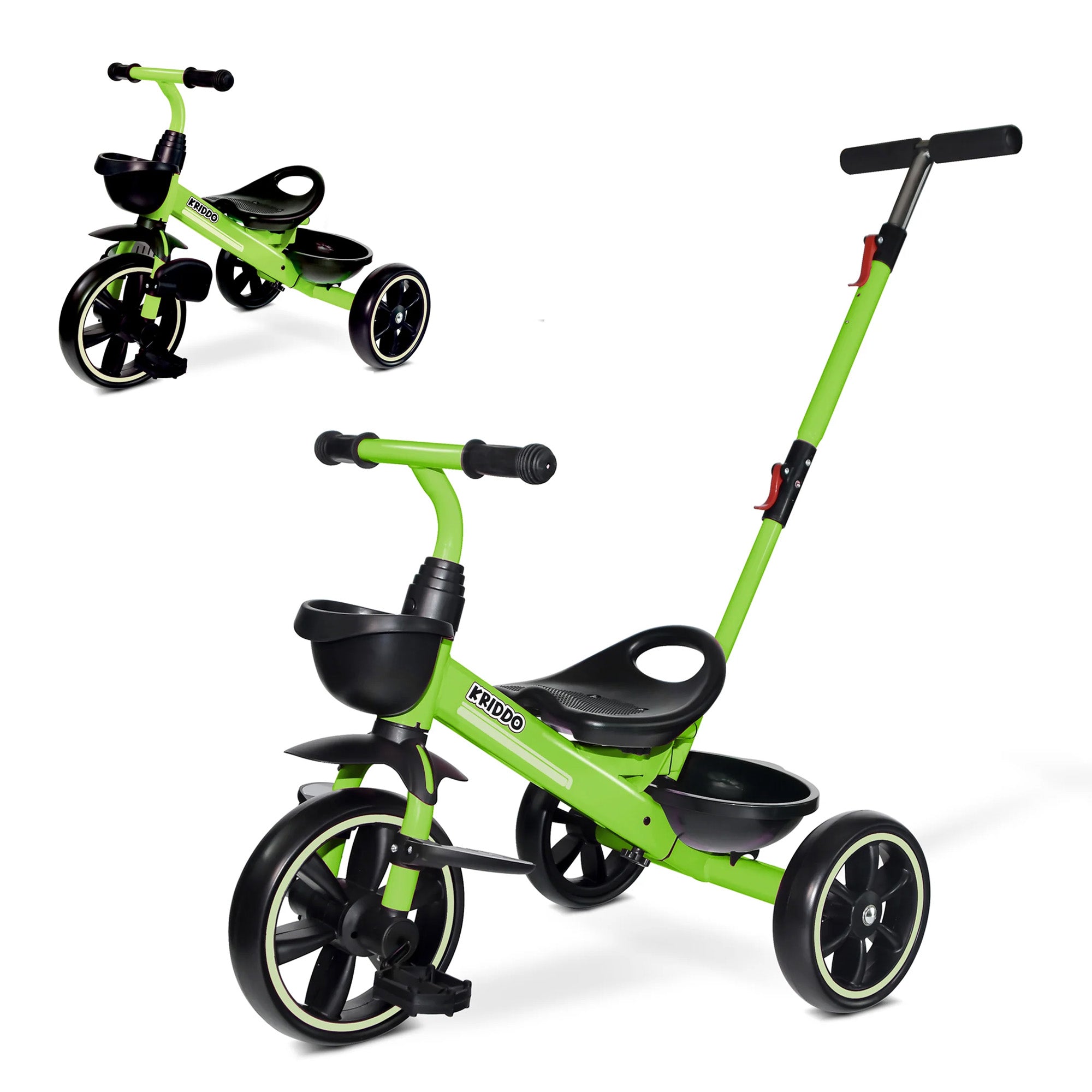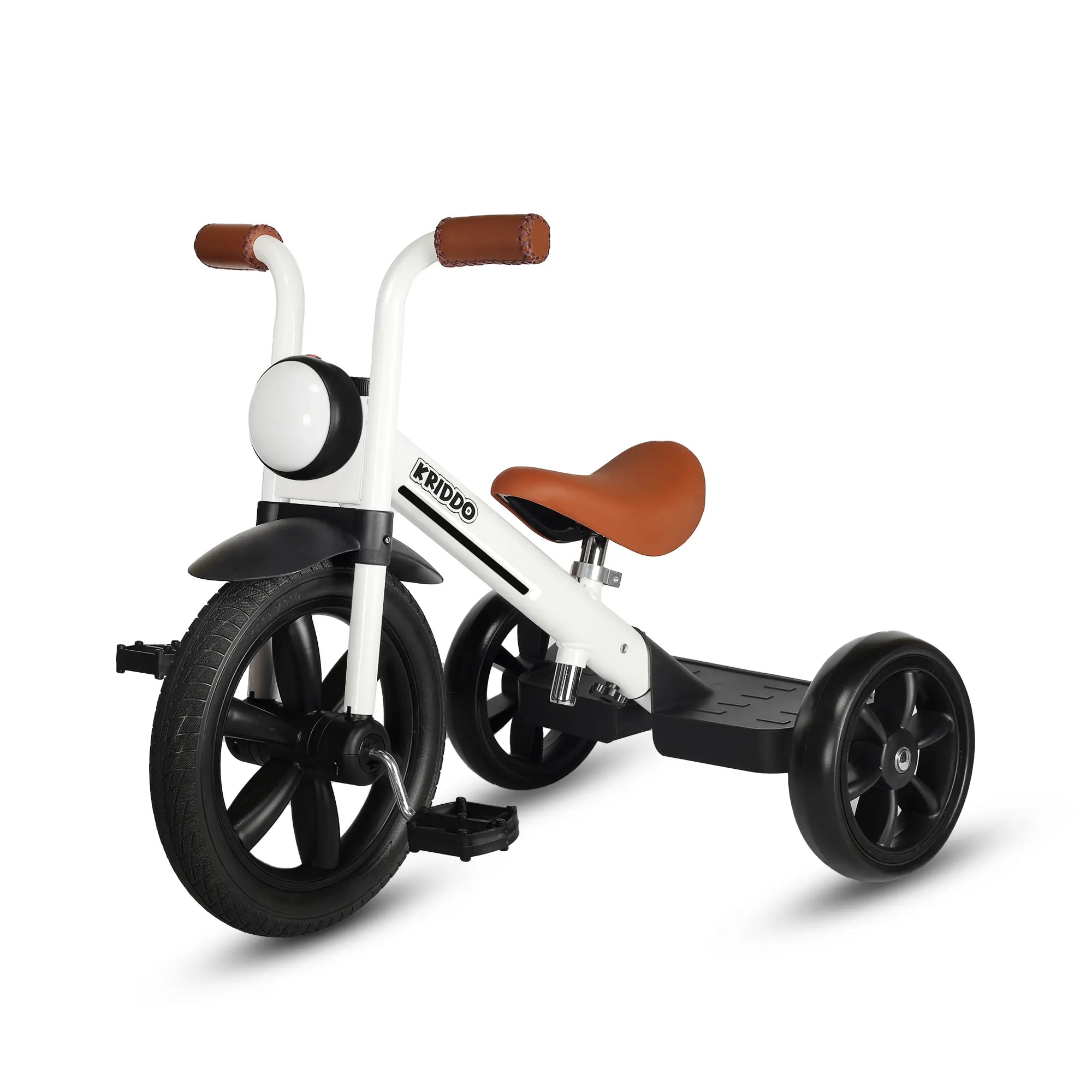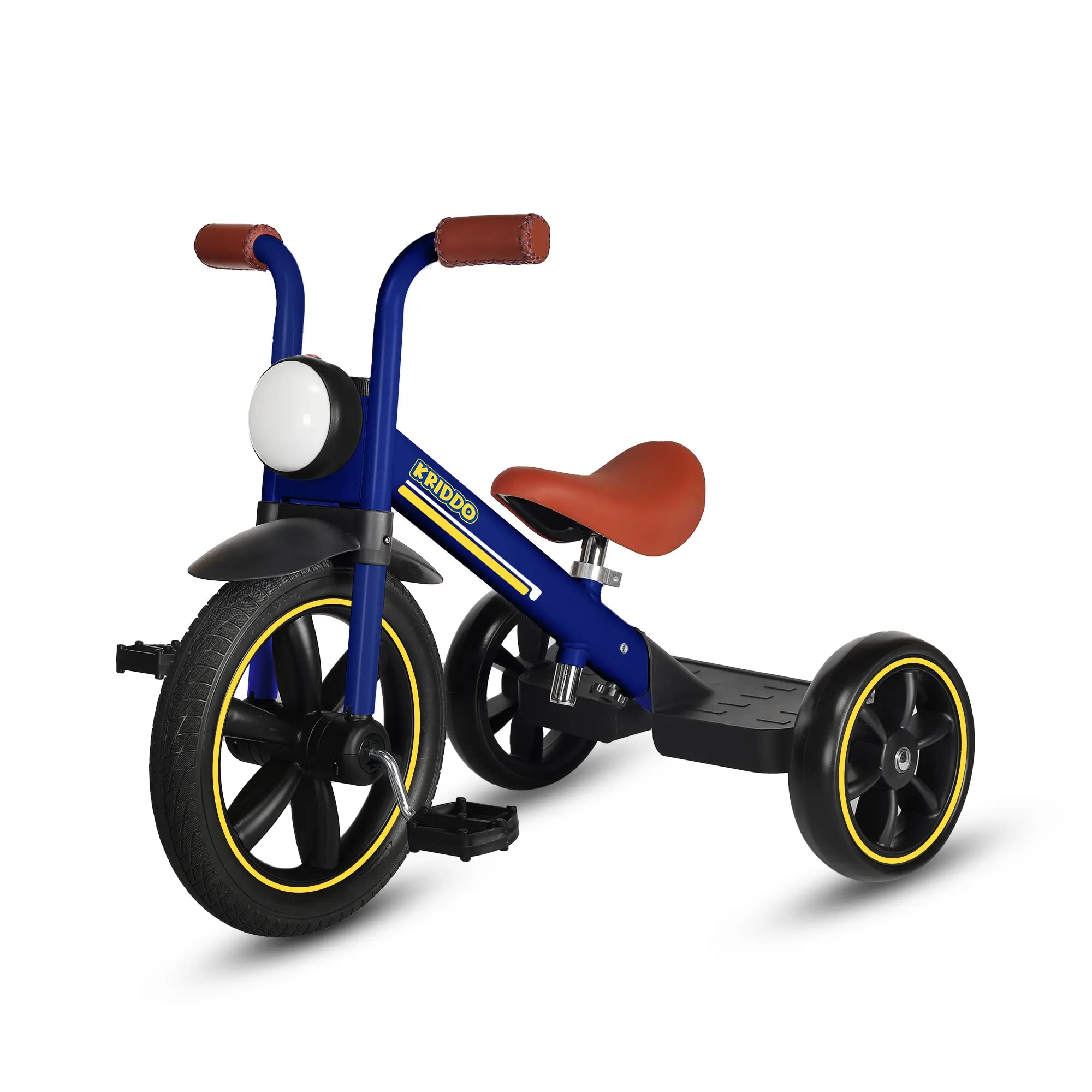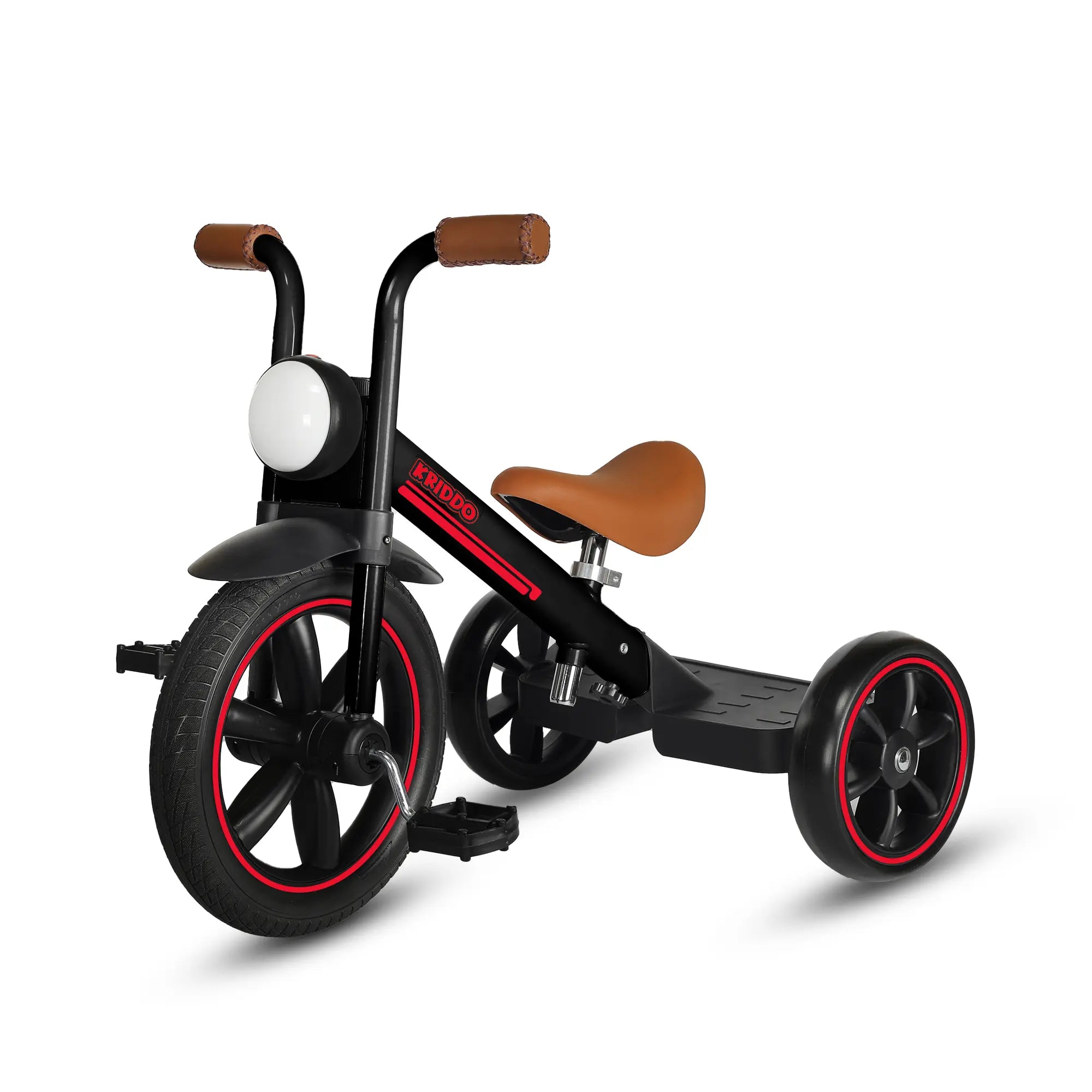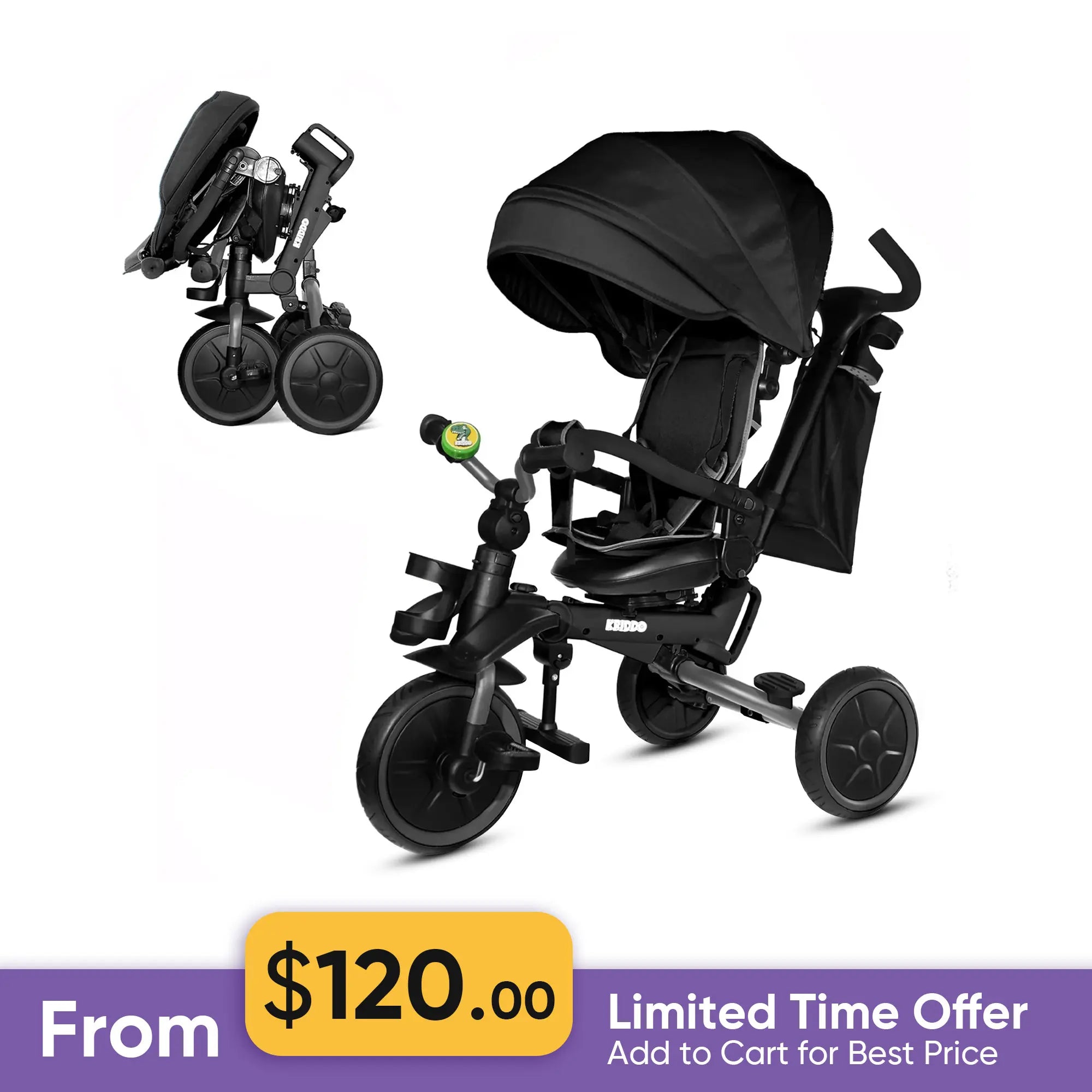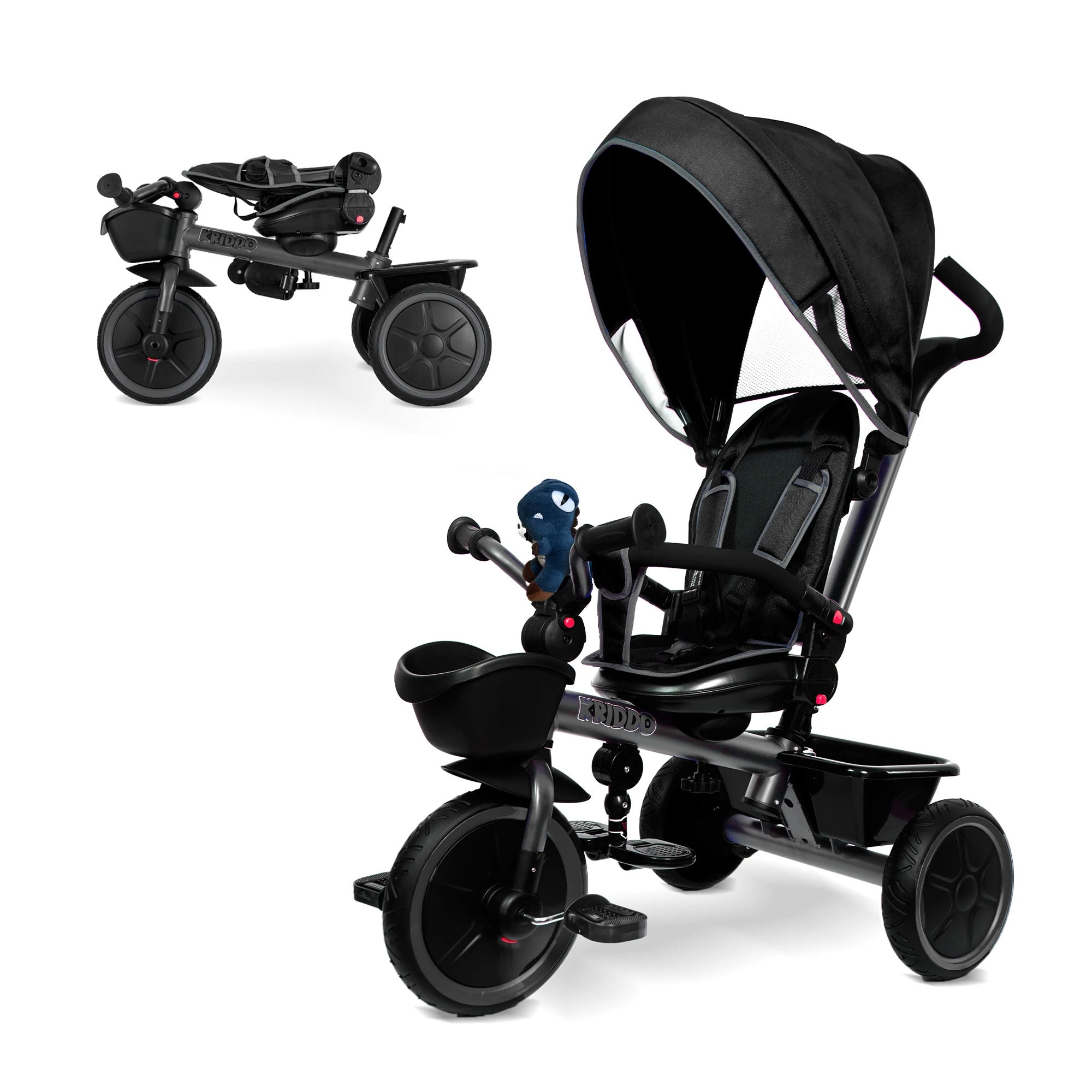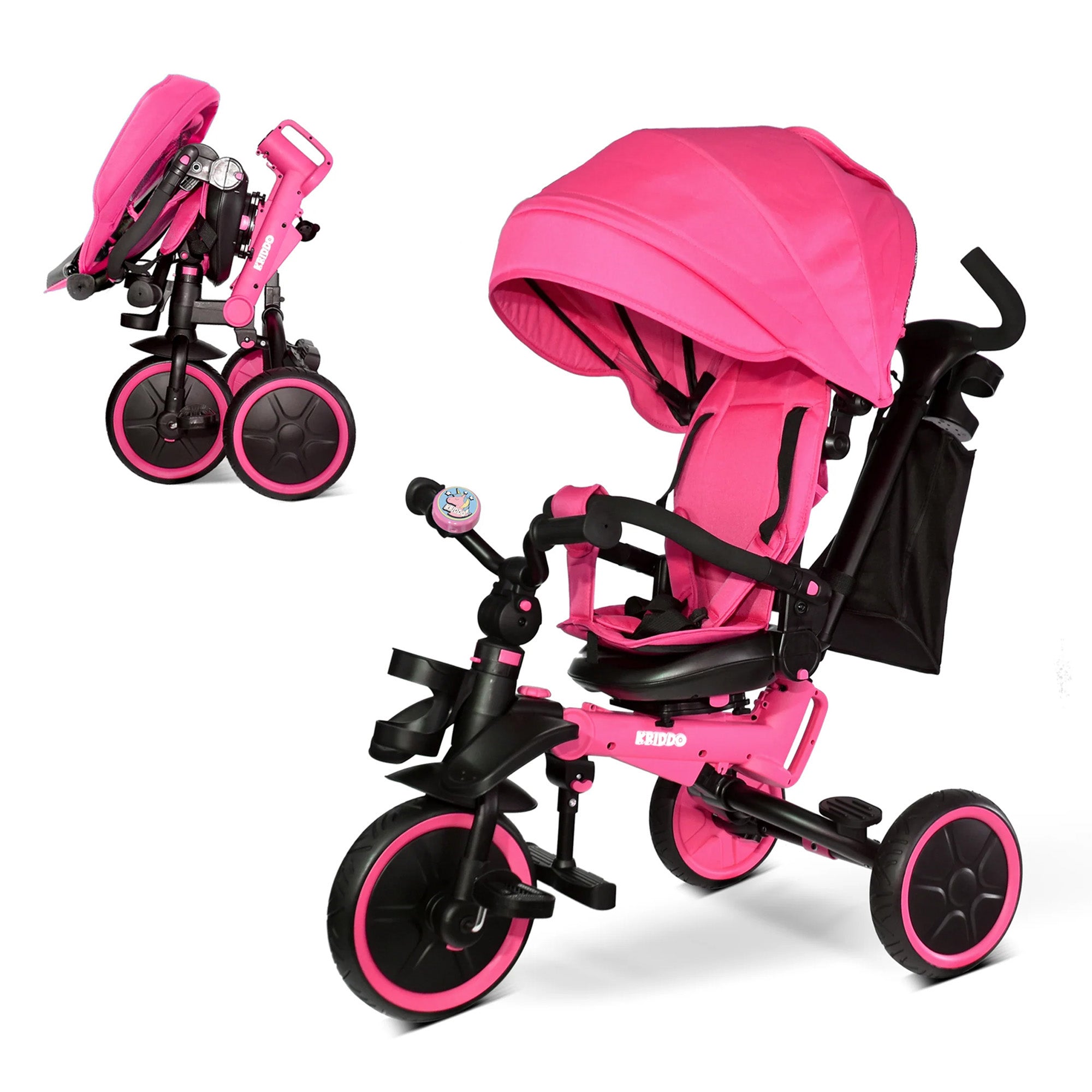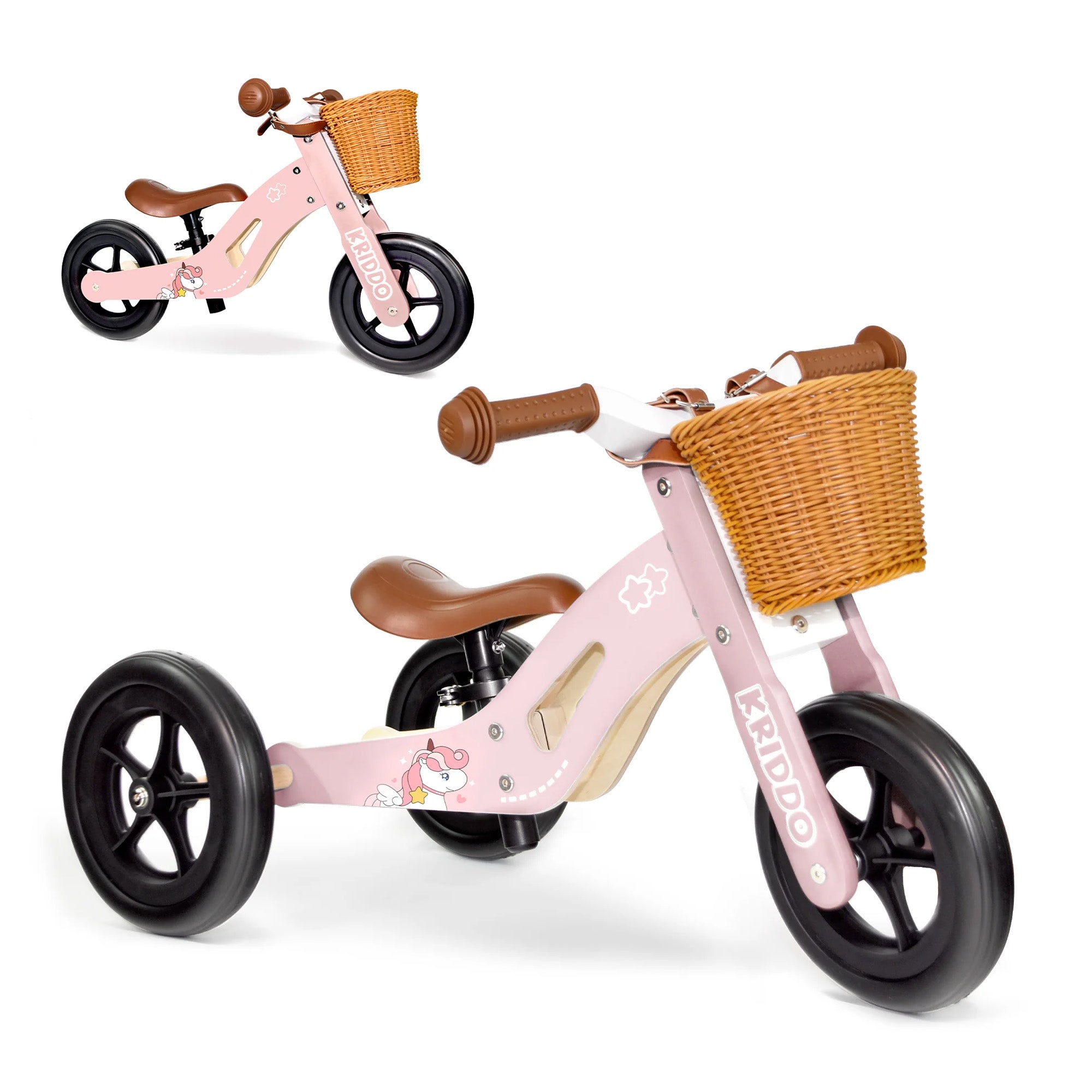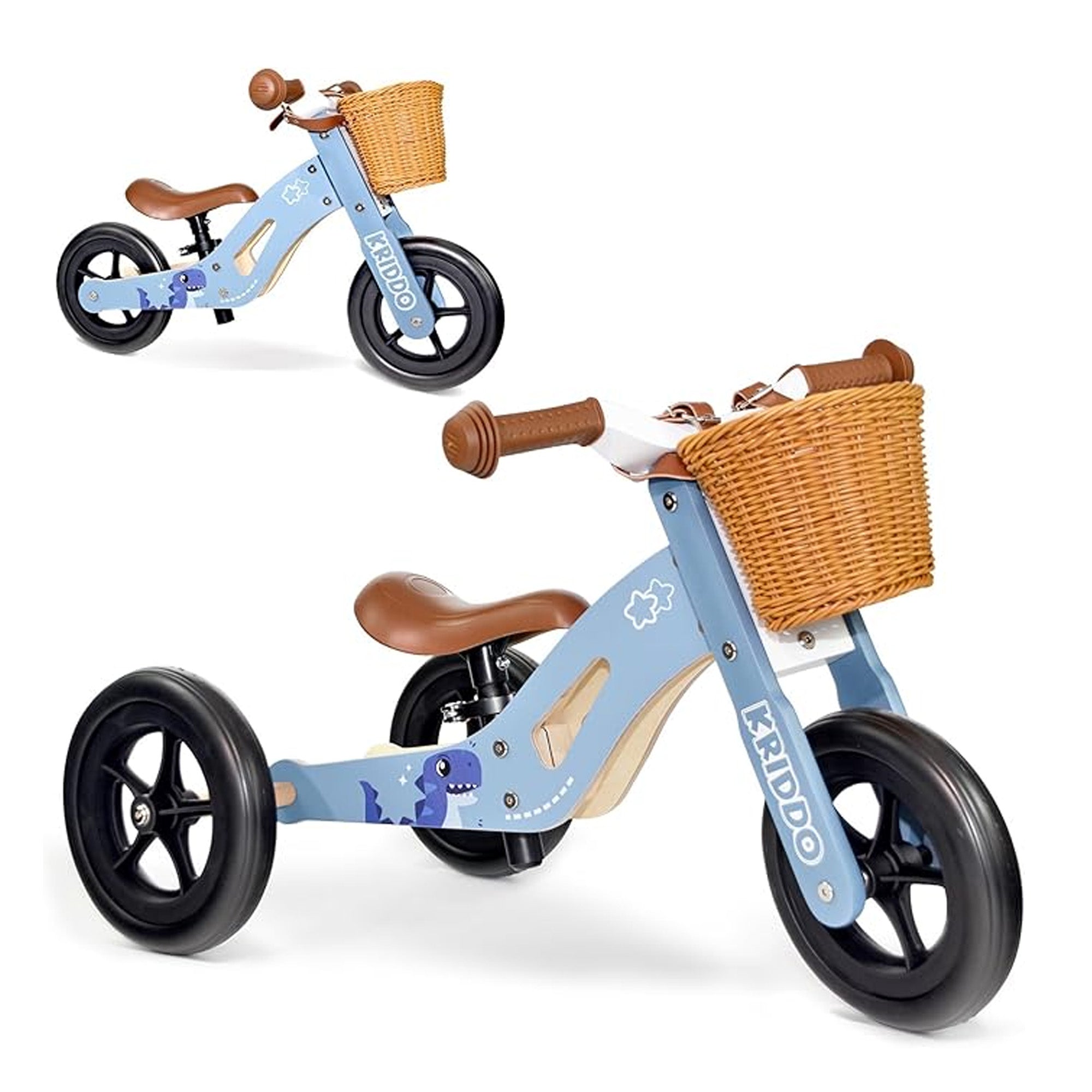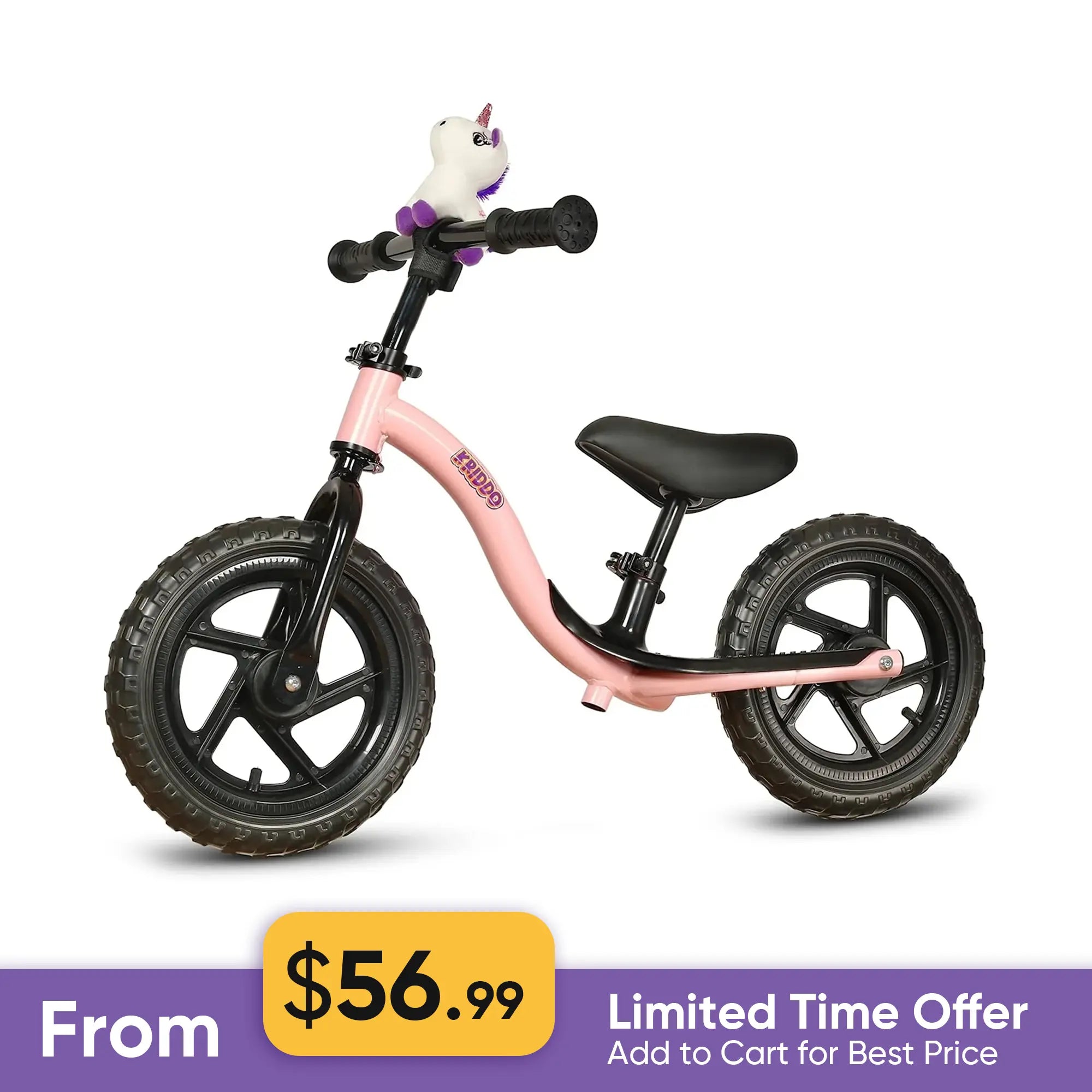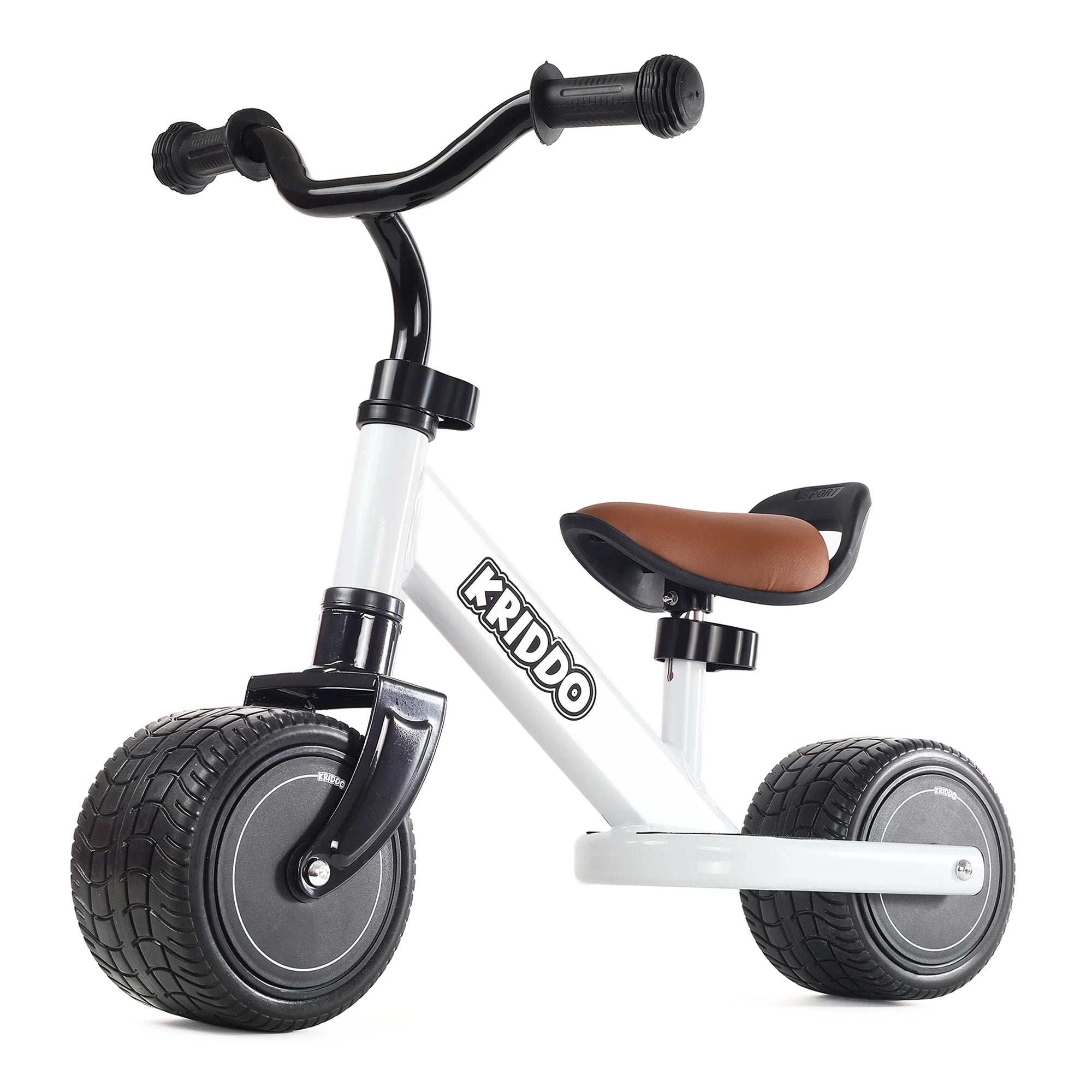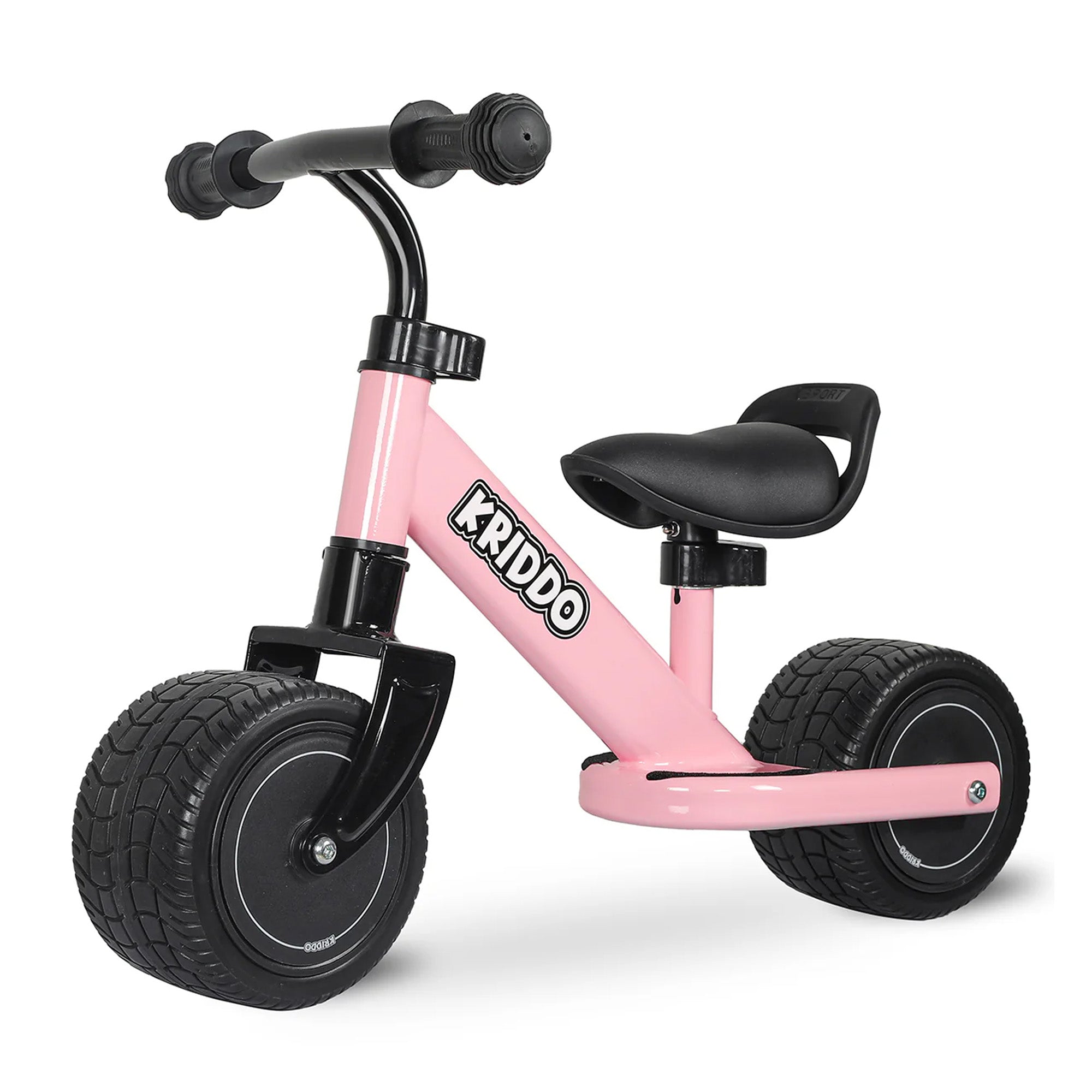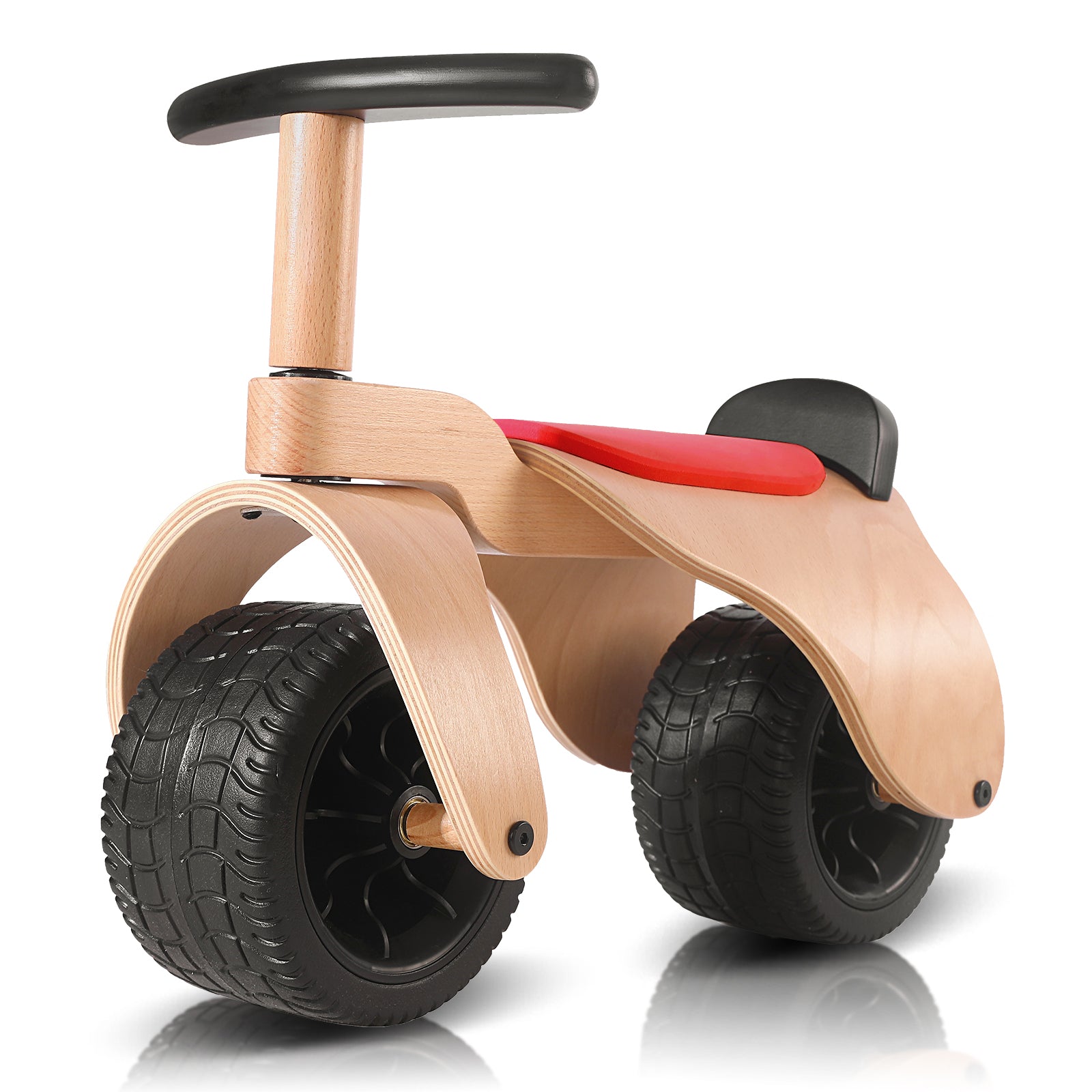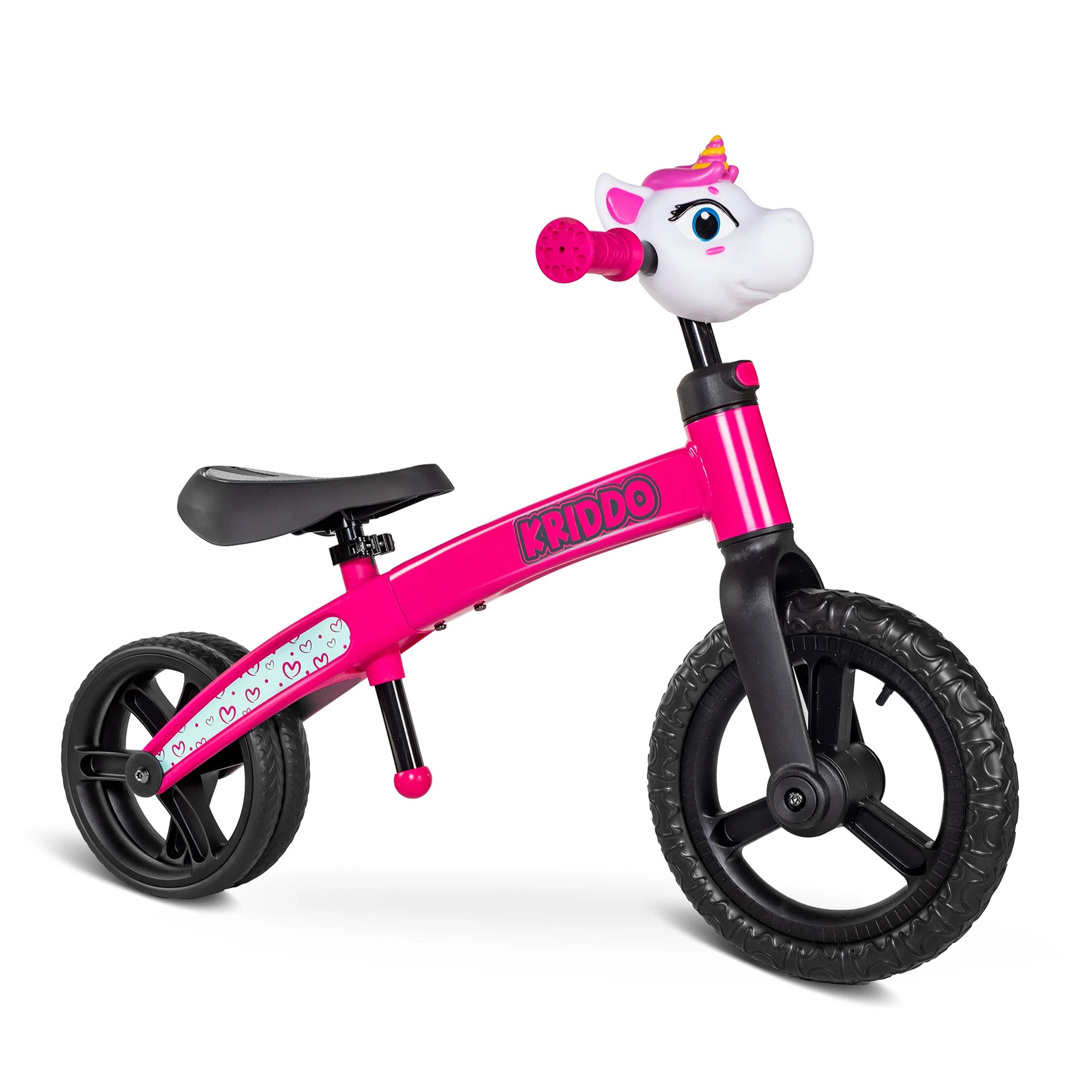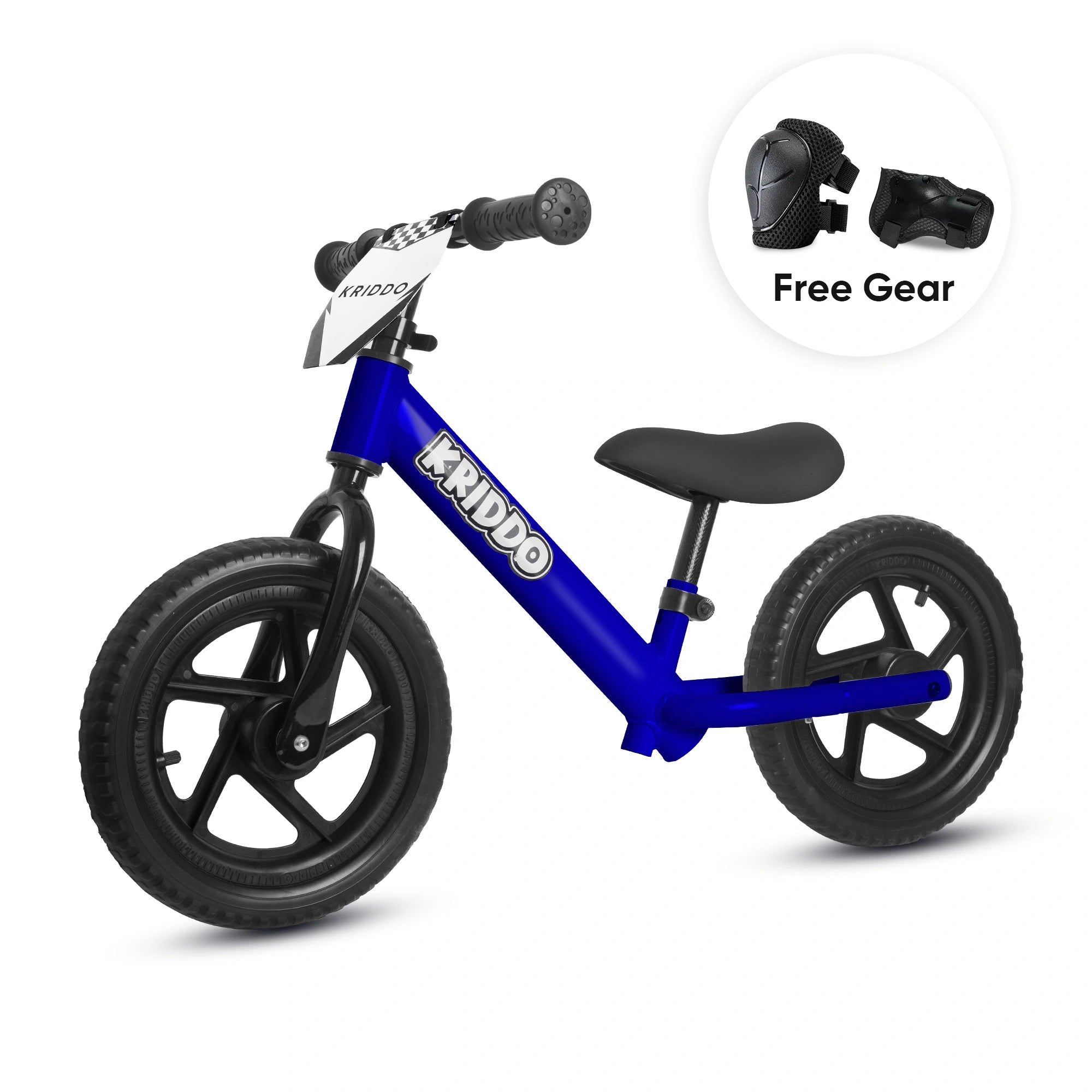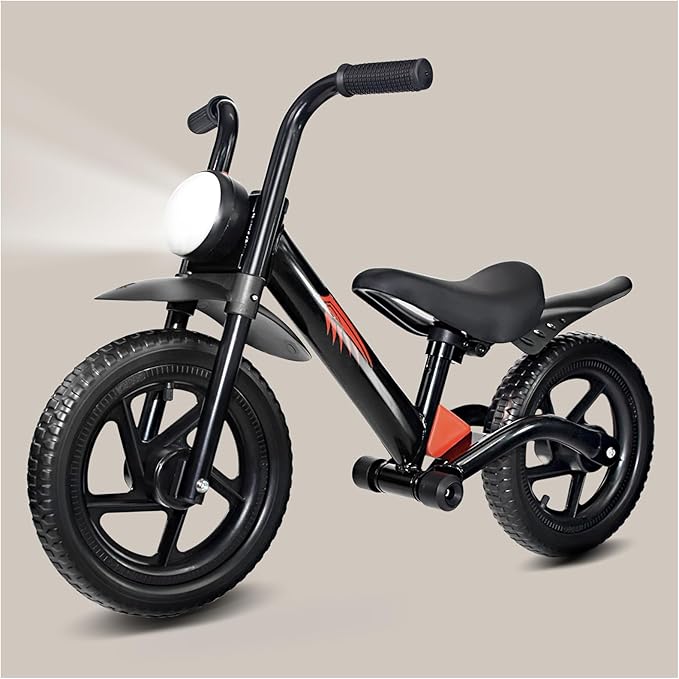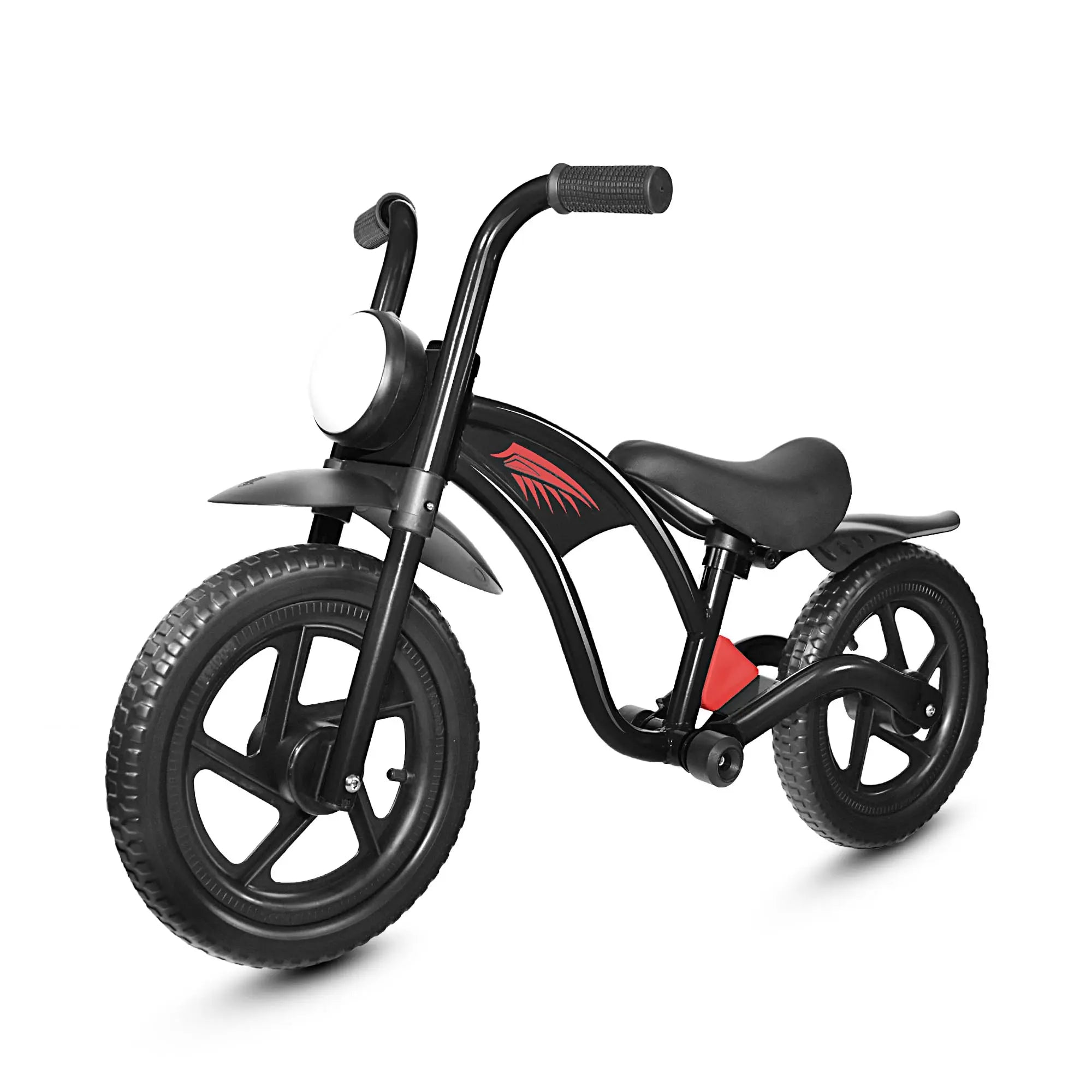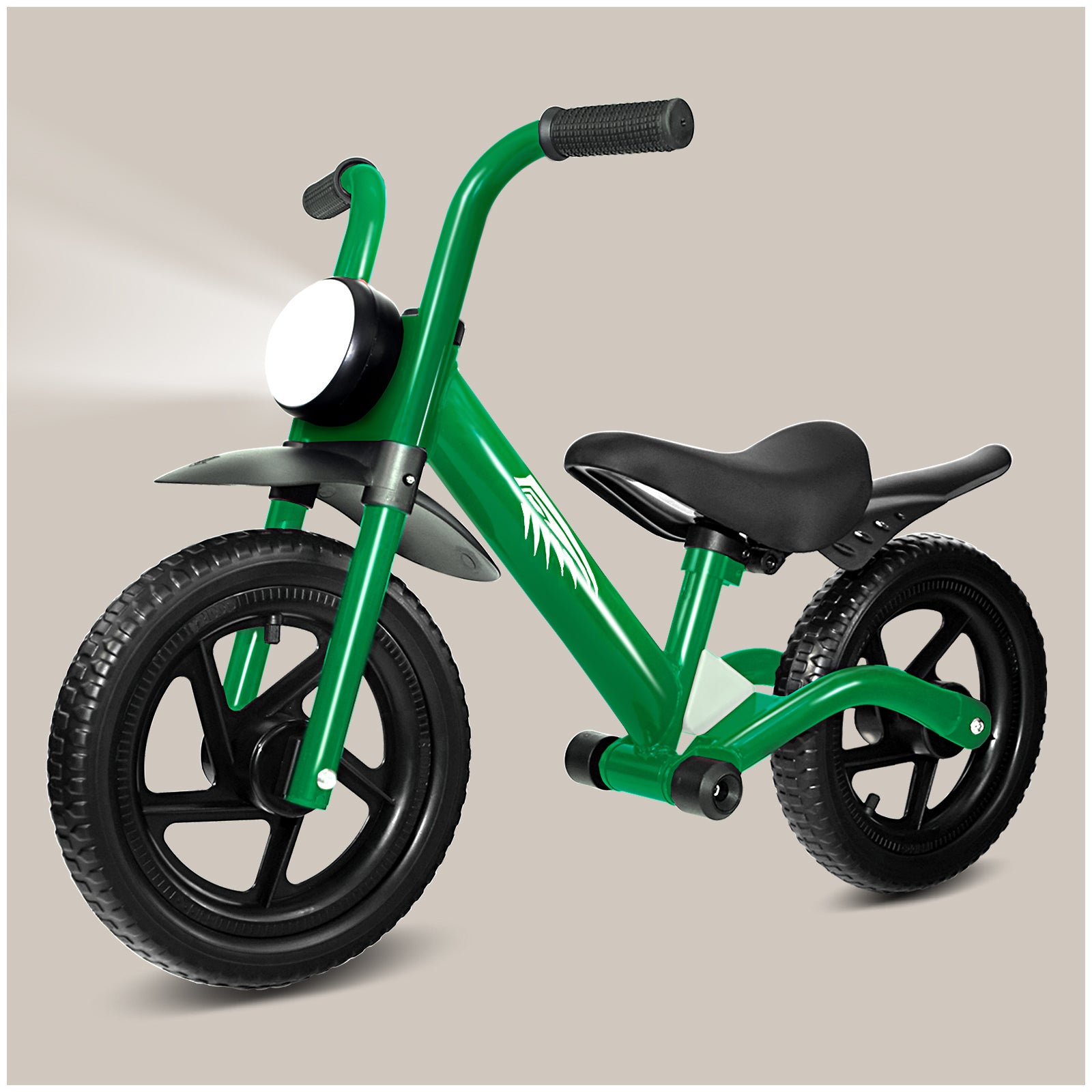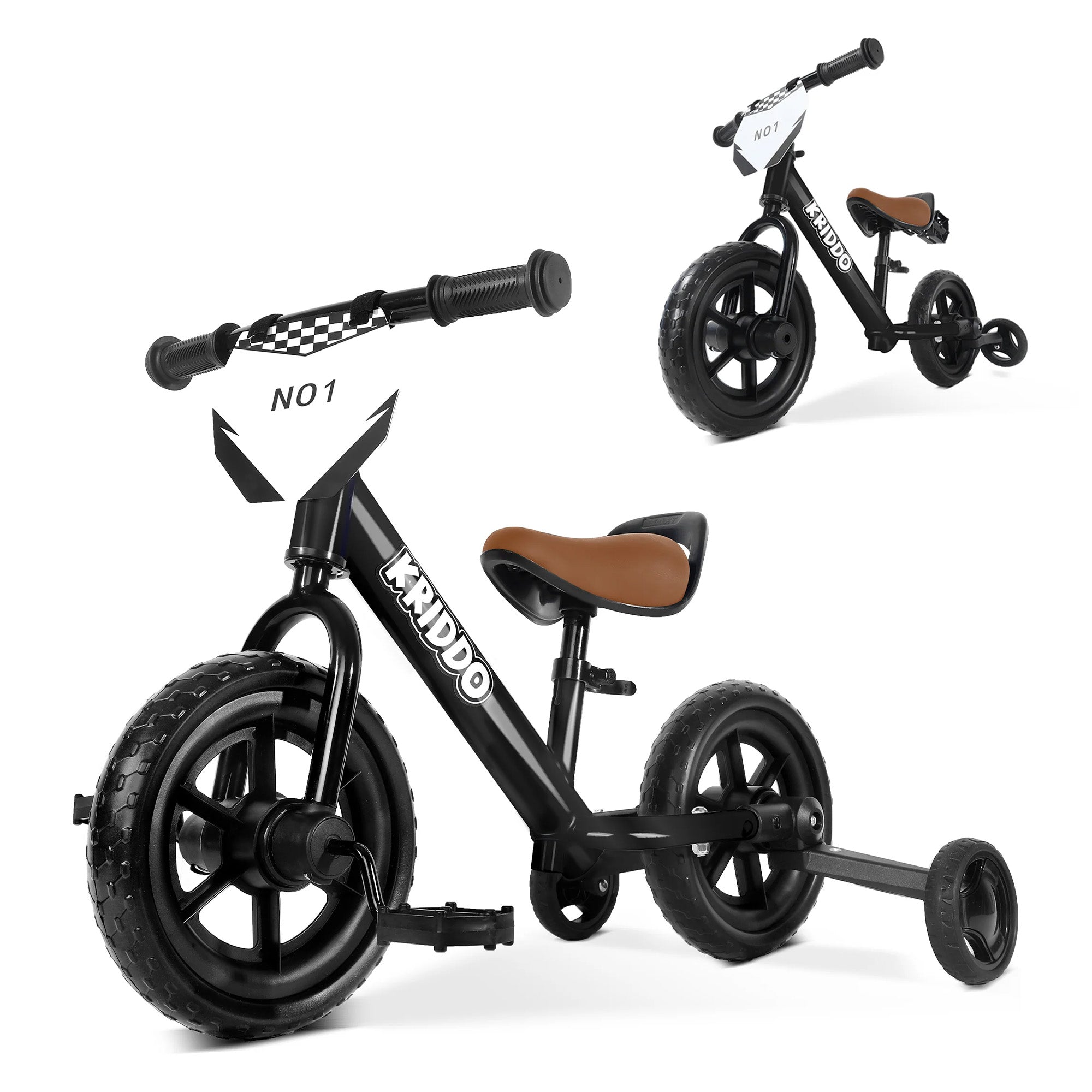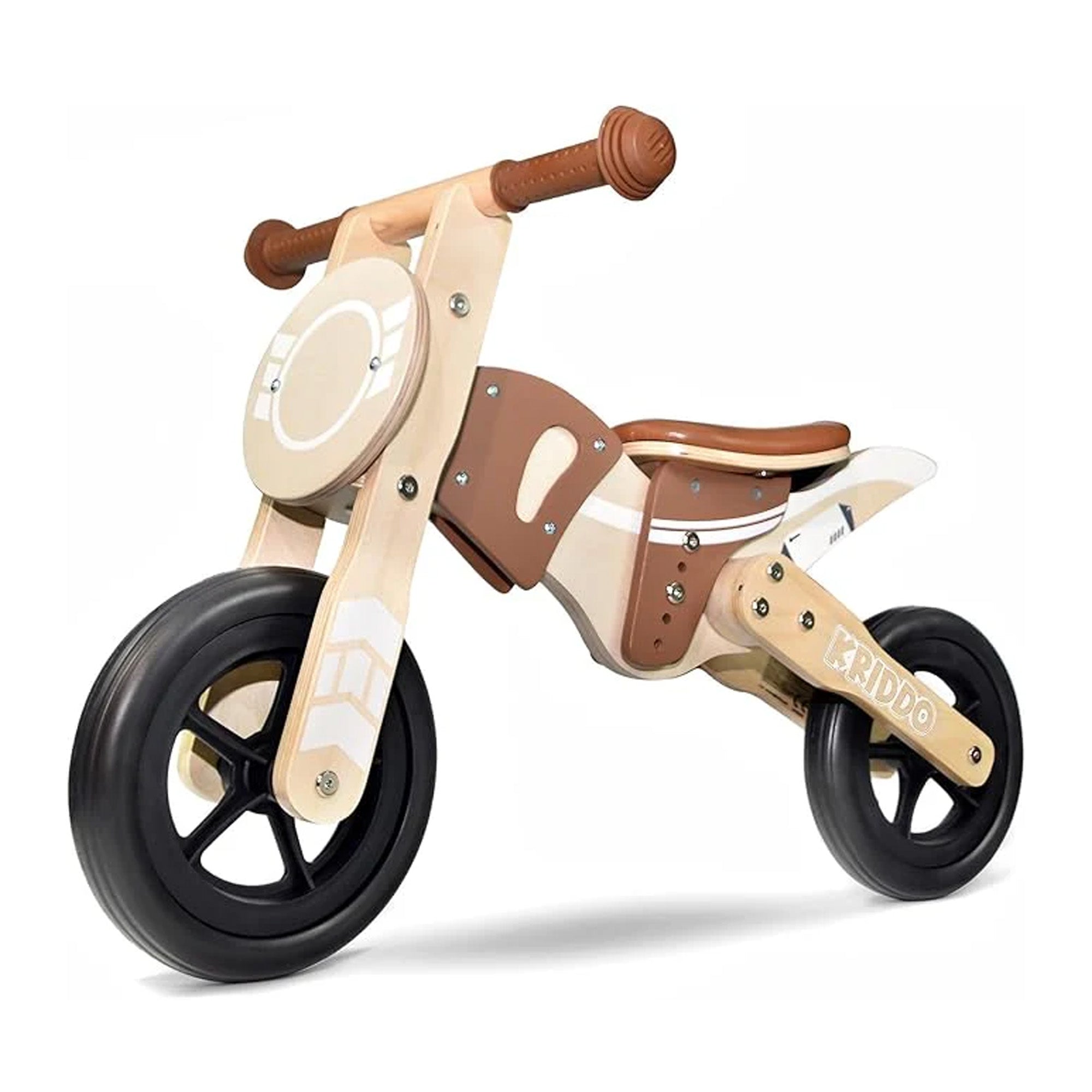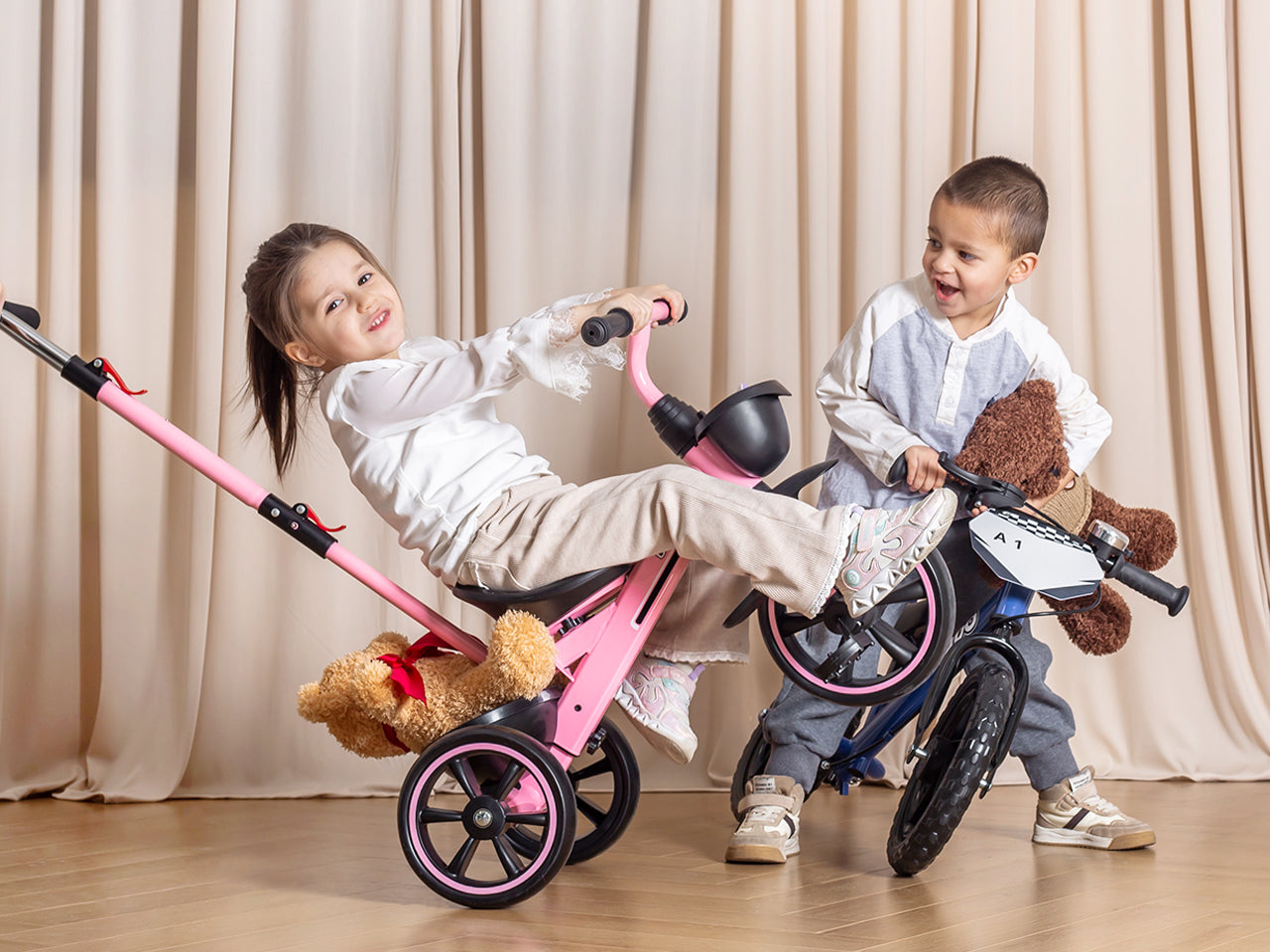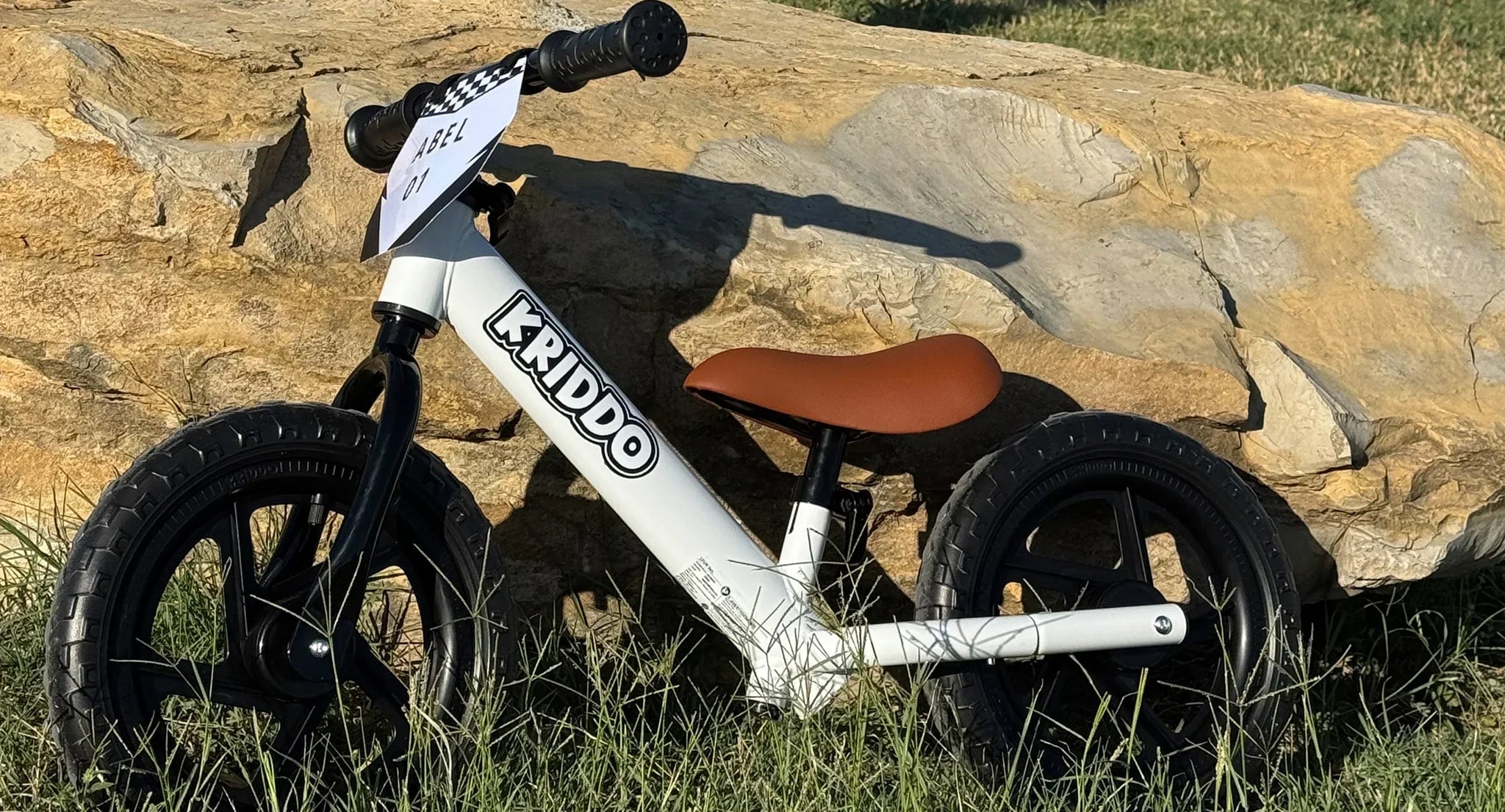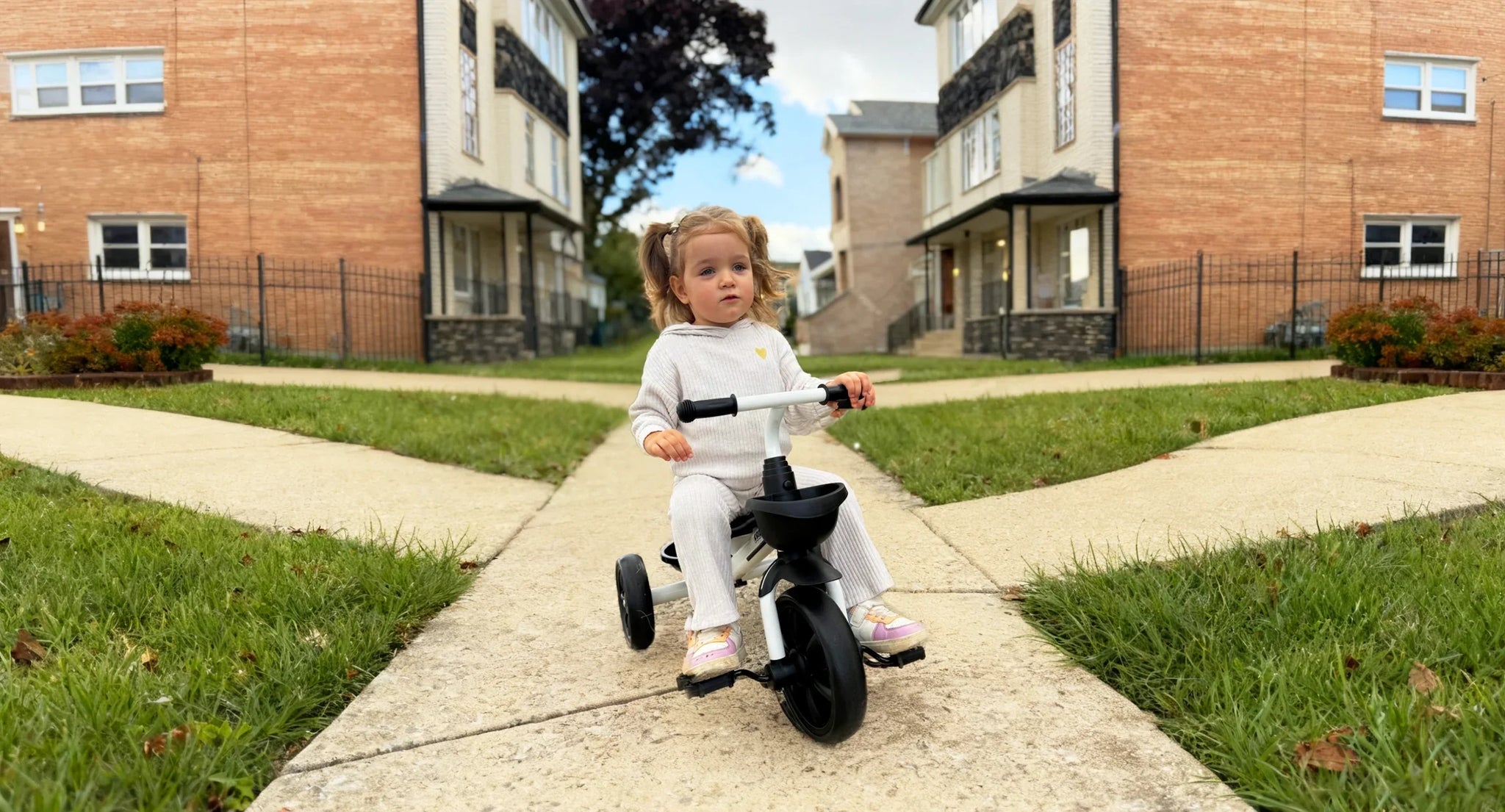How to Get Baby to Nap in Crib:
Gentle Ways That Actually Work
Tomas | 28th, Oct
If you’ve ever rocked your baby for half an hour only to have them cry the moment you lower them into the crib—yeah, you’re not alone. Getting a baby to nap in a crib is one of those quiet challenges that every new parent faces. The good news? With a little rhythm, patience, and the right environment, it’s completely doable.
Let’s break down how to make naps smoother, easier, and actually restful—for both of you.
1. Catch the Right Nap Window

One of the biggest secrets to easier crib naps is timing. New parents often wait until their baby starts yawning or rubbing their eyes—but that’s already a bit too late. By then, your little one is overtired, and overtired babies fight sleep like it’s their full-time job.
Watch for earlier, subtler signs instead:
- Your baby’s eyes go glassy or unfocused
- They get quieter or stop interacting
- You notice red eyelids or droopy movements
Each baby’s rhythm is unique, but here’s a general guide to “wake windows”:
- Under 1 month: awake for no more than 1 hour
- 2–3 months: usually 1–2 hours of wake time
You can treat these as starting points, then adjust based on your baby’s personal cues. Keeping a log for a few days helps you spot their natural rhythm. Once you catch that sweet spot, naps get easier—promise.
2. Create the Perfect Sleep Environment
Environment matters—a lot. Light, temperature, and even background sounds can make or break a nap. The goal isn’t to create silence or total darkness, but to make the space consistent and calm.
Here’s what works best:
- Light: Keep the room dim but not pitch-black.
- Temperature: Around 21°C–23°C (70–73°F) is ideal. Overheating is actually more common than being cold.
- Humidity: About 50–60% keeps the air comfortable.
- Noise: Everyday household sounds are fine; just avoid sharp or sudden noises. White noise can help if your baby startles easily.
And keep the sleep location consistent. If your baby naps in the same room where they sleep at night, they’ll start associating that space with rest.
By the way, once your little one passes six months, you can no longer use bedside cribs for safety reasons.
3. Build a Predictable Nap Routine
Routines aren’t boring—they’re magic. A consistent pre-nap ritual signals your baby’s body that it’s time to rest. Even young infants benefit from a simple flow.
For newborns, it can be as minimal as:
Feed → Gentle talk → Swaddle → Down to sleep.
After the first month, when awake times stretch longer, build a more structured mini-routine:
Daytime Nap Flow:
Wake up → Feed → Play → Spot sleepy cues → Swaddle → Use soothing methods → Crib.
Night Sleep Flow:
Cluster feeding → Bath or wipe-down → Light massage or music → Swaddle → Soothing → Crib.
Rituals create a sense of safety and predictability—think of them as your baby’s internal “off switch.”
4. Use Gentle Soothing Methods (and Variety Helps!)
We all know the classic “rock and bounce” routine, but babies can get too used to one specific motion or person. In those first 3 months, try introducing different soothing methods so your baby doesn’t form a single sleep dependency.
The 5S method (by Dr. Harvey Karp) is a great foundation:
- Swaddle – snugly wrap your baby for comfort.
- Side/Stomach position – for soothing only, not sleep.
- Shush – mimic womb sounds with gentle “shhh” or white noise.
- Swing – light rhythmic motion (not vigorous rocking).
- Suck – pacifier or feeding comfort.
You can also use an electric rocker, baby carrier, or stroller, paired with gentle white noise. Just don’t layer too many soothing aids at once—you’ll only make them harder to wean later.
If you’re still looking for the perfect sleep setup, a comfortable bedside crib can make a big difference. The Earlydream Baby Crib is one of the most convenient options out there.
It fits babies from 0–5 months, with:
- Lockable wheels for stability
- Adjustable height (to match most beds)
- Breathable mesh sides
- A roomy bottom basket for essentials
- Optional toys and canopy for bonding and play
When your setup feels safe and cozy, both you and your baby can relax more easily—naps naturally follow.
5. Let Your Baby Play Well When Awake
This might sound unrelated, but it’s not. Playtime during awake periods helps your baby build sleep pressure—the natural need to rest afterward.
For babies 0–3 months, the best “exercise” includes:
- Tummy time (supervised)
- Gentle massages
- Light stretching or baby yoga
- Short play on a mat with toys
More activity means deeper naps. Think of it as helping your baby balance energy—just like we sleep better after a good workout.
Final Thought

Getting your baby to nap in the crib isn’t just about technique—it’s about trust. Your baby is learning that sleep is safe, and you’re learning to read their cues. It’s a partnership built day by day.
So breathe, stay consistent, and remember—those peaceful crib naps are closer than you think.

